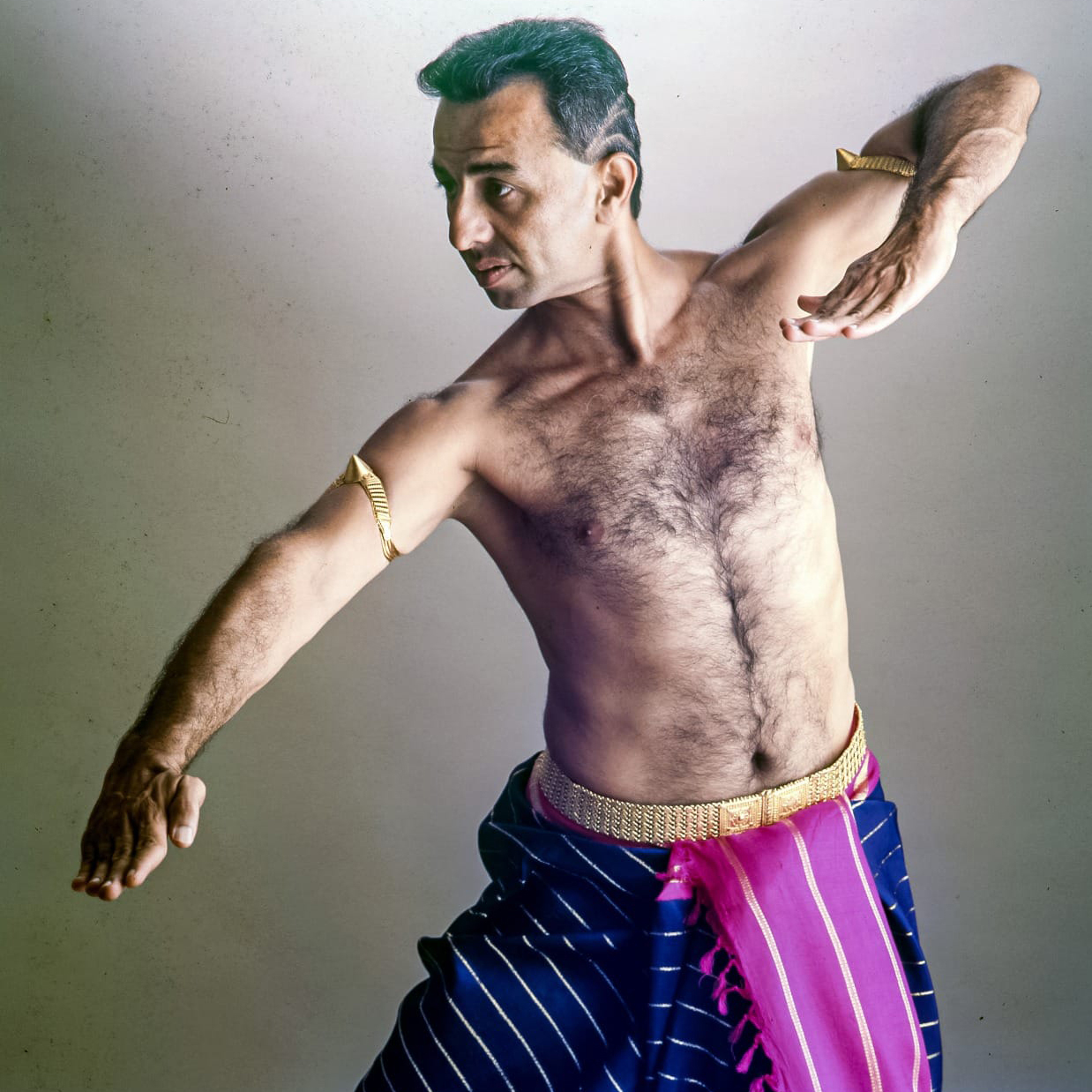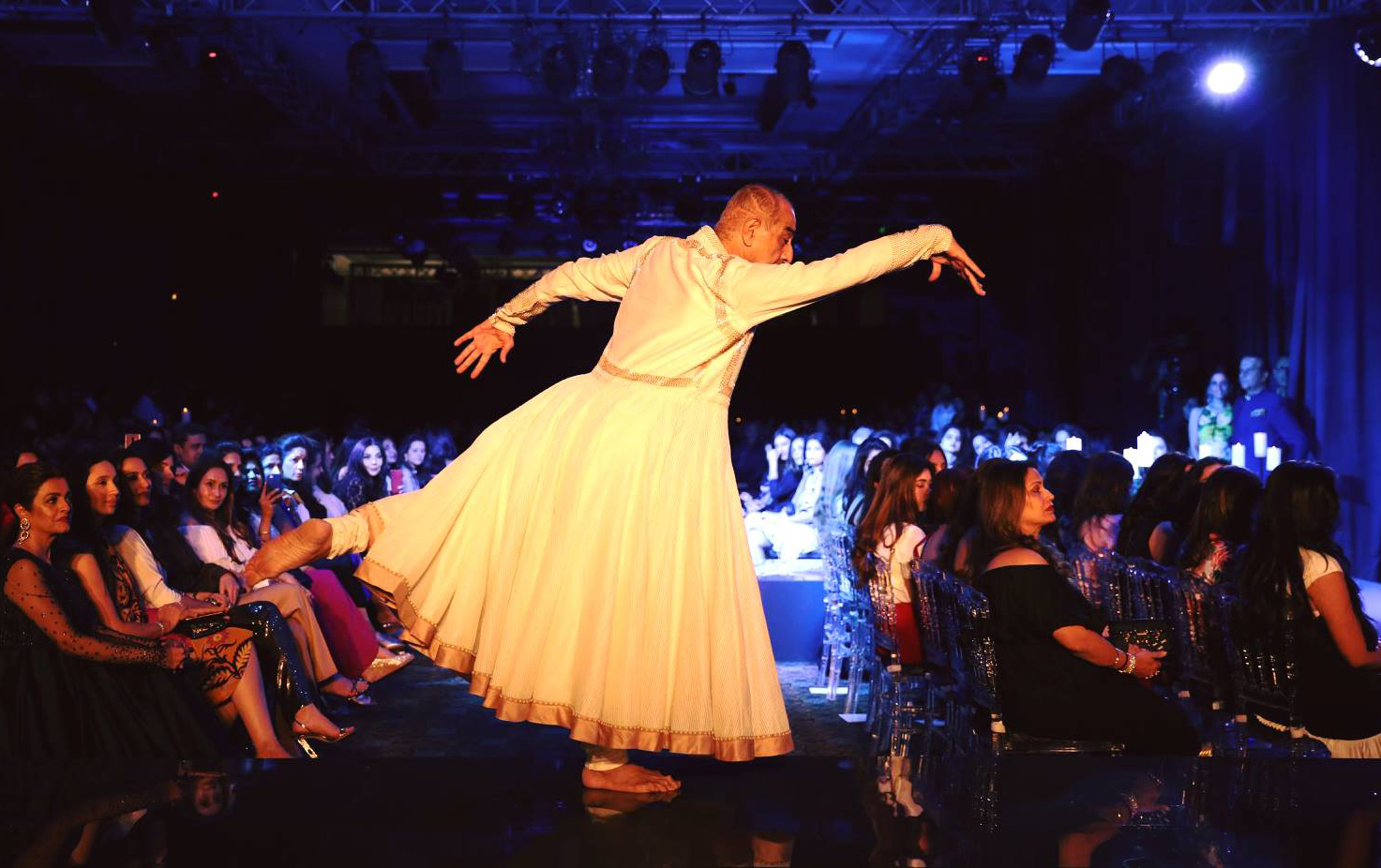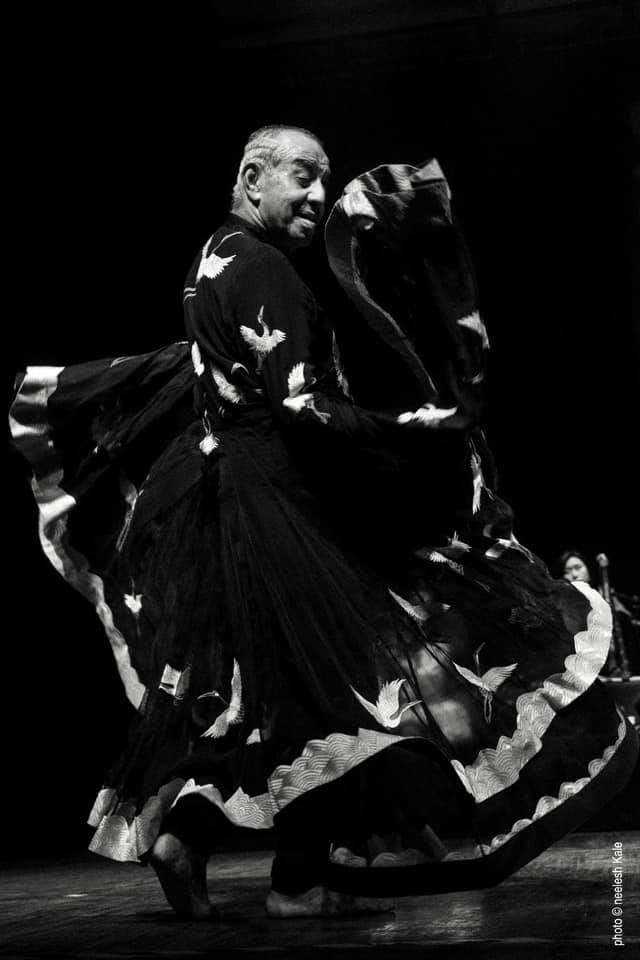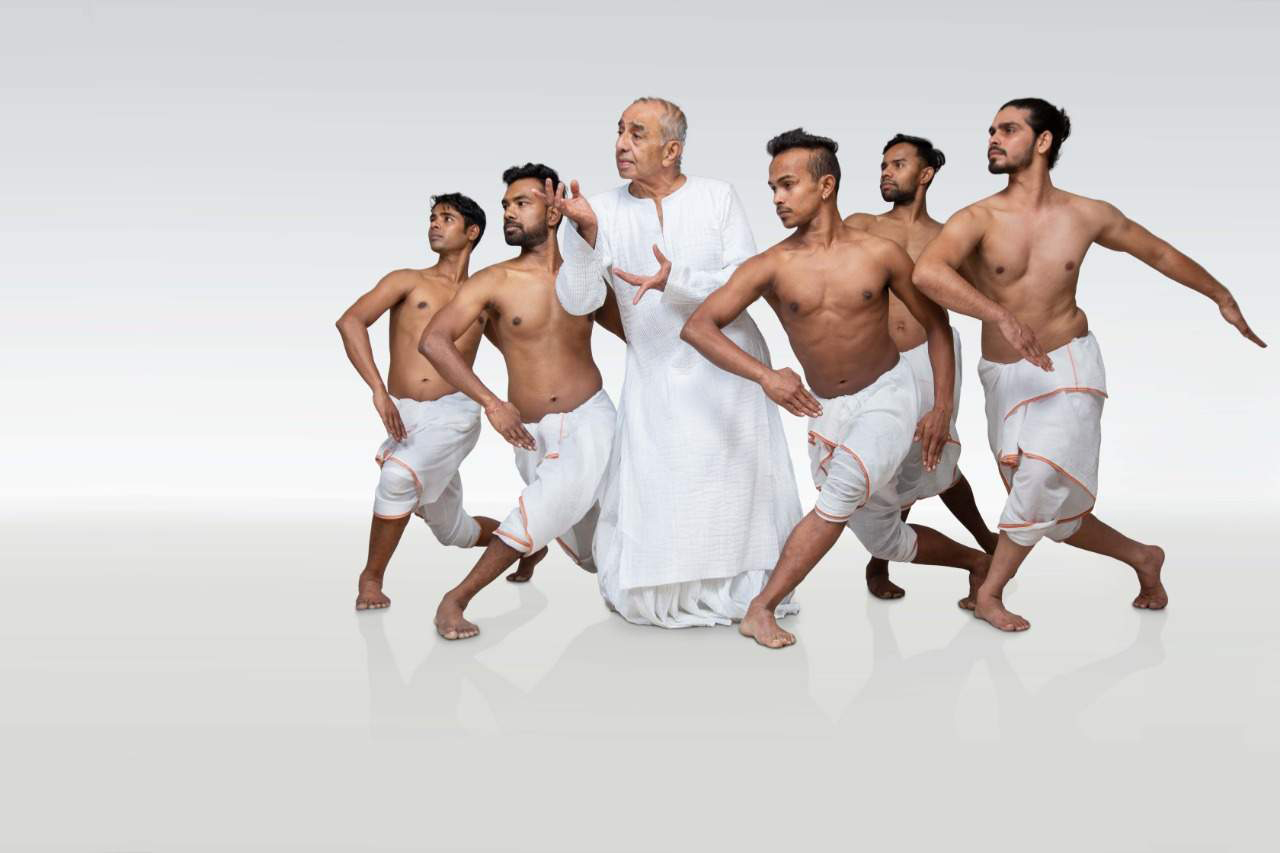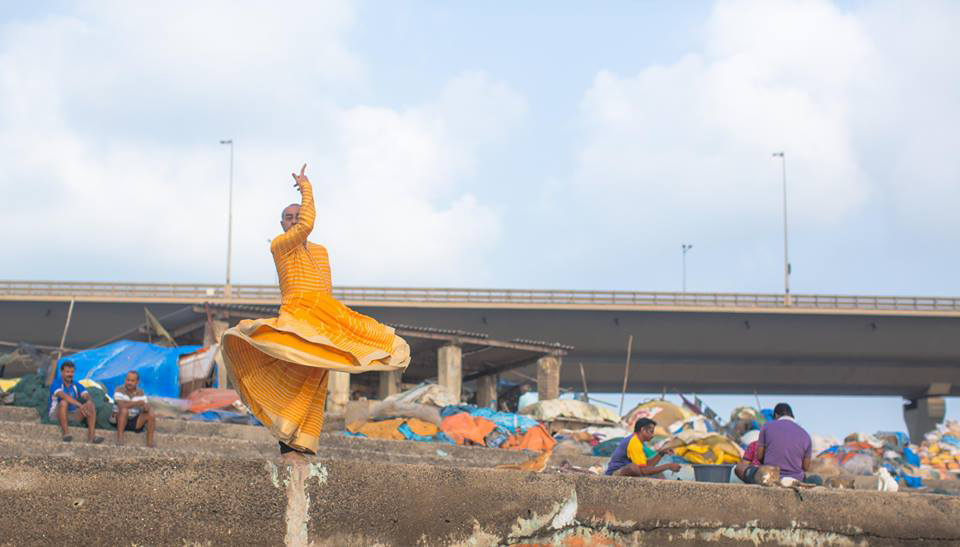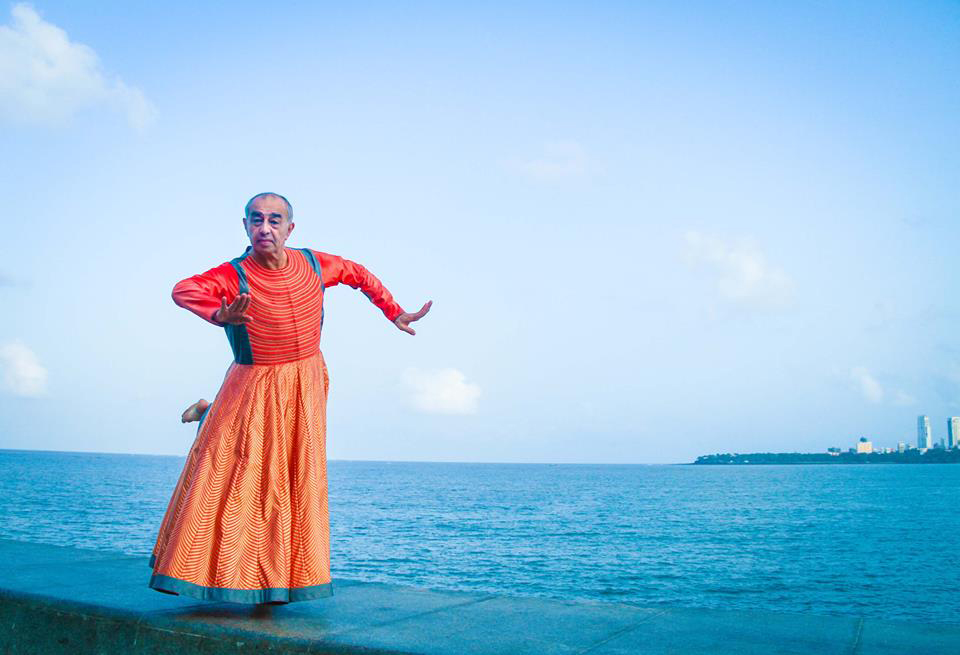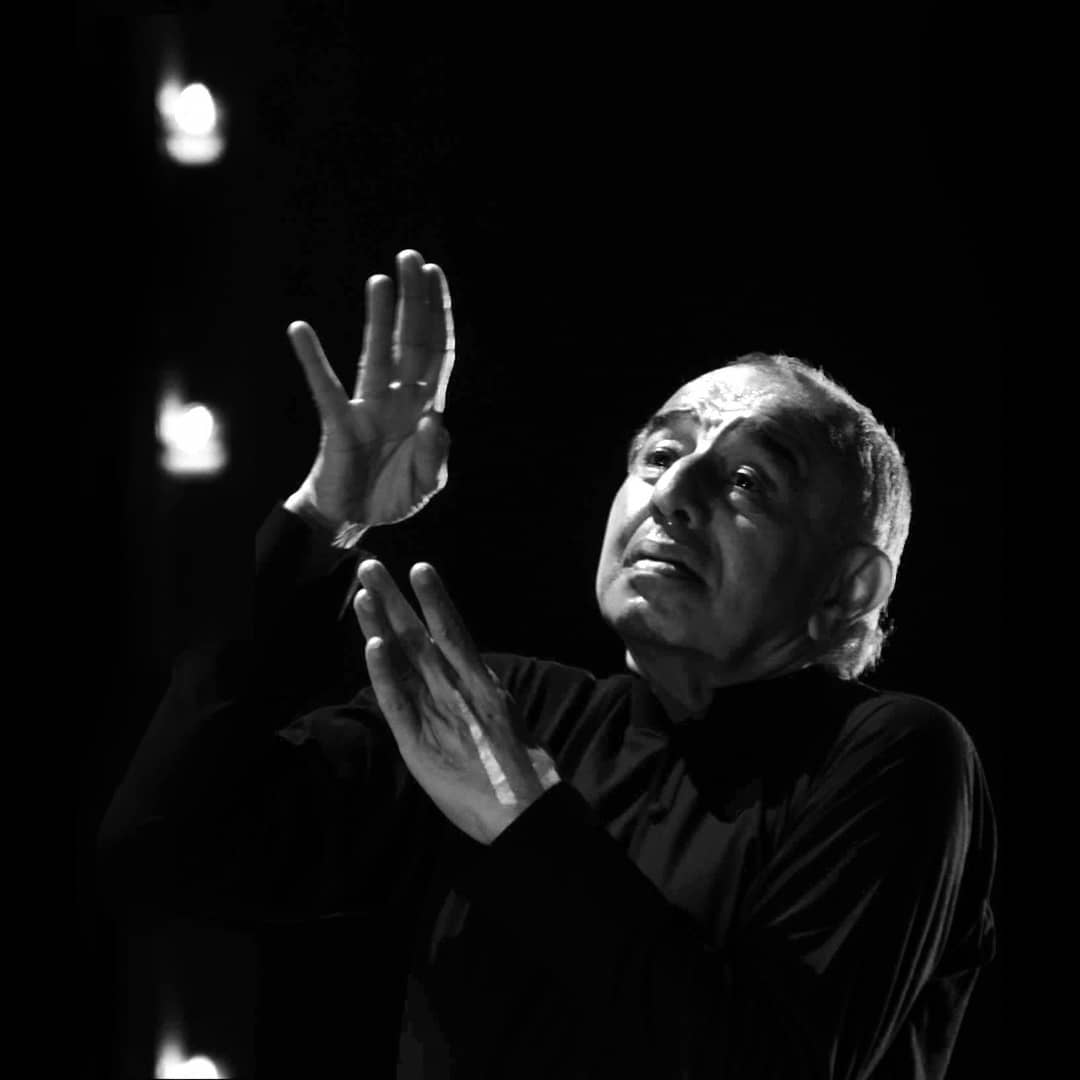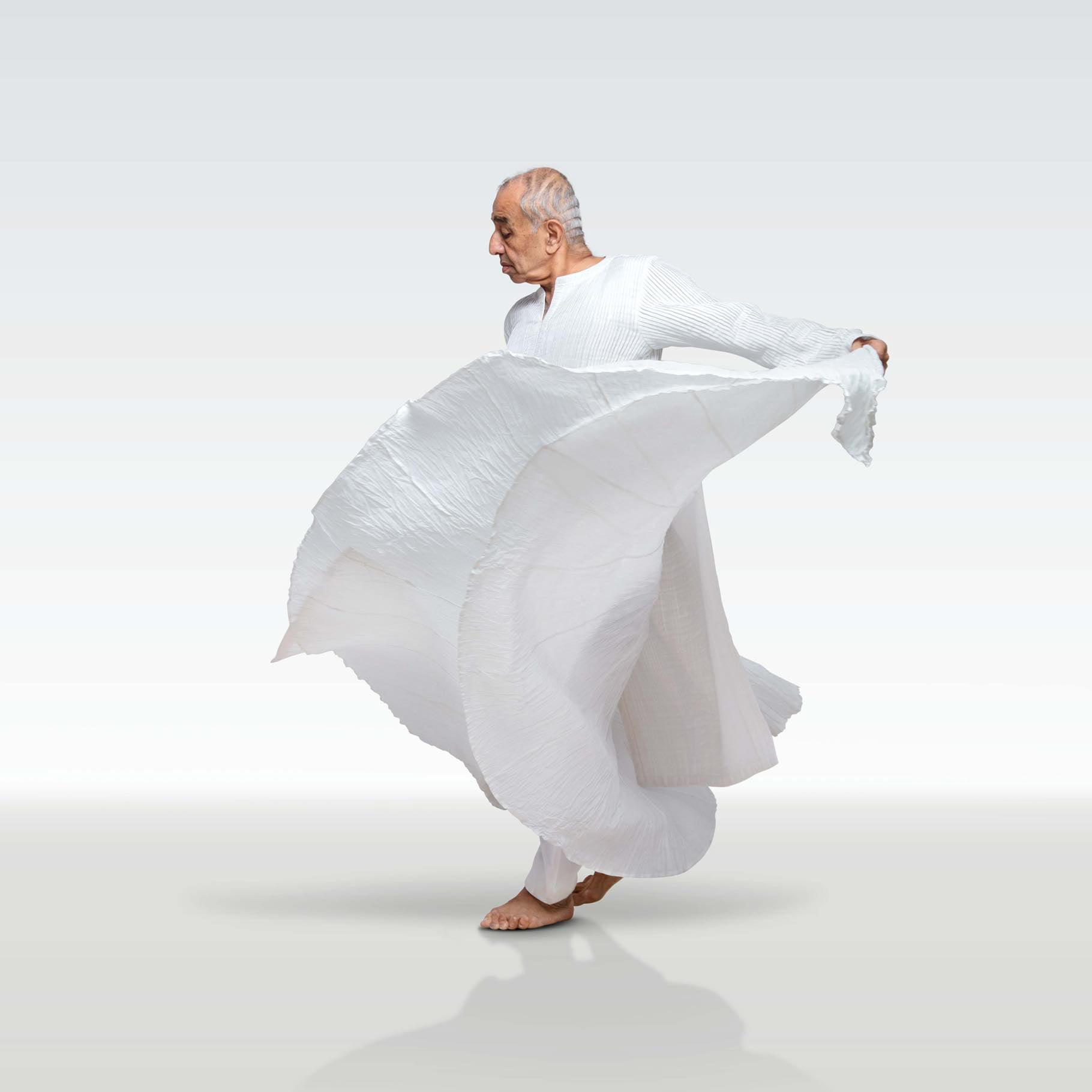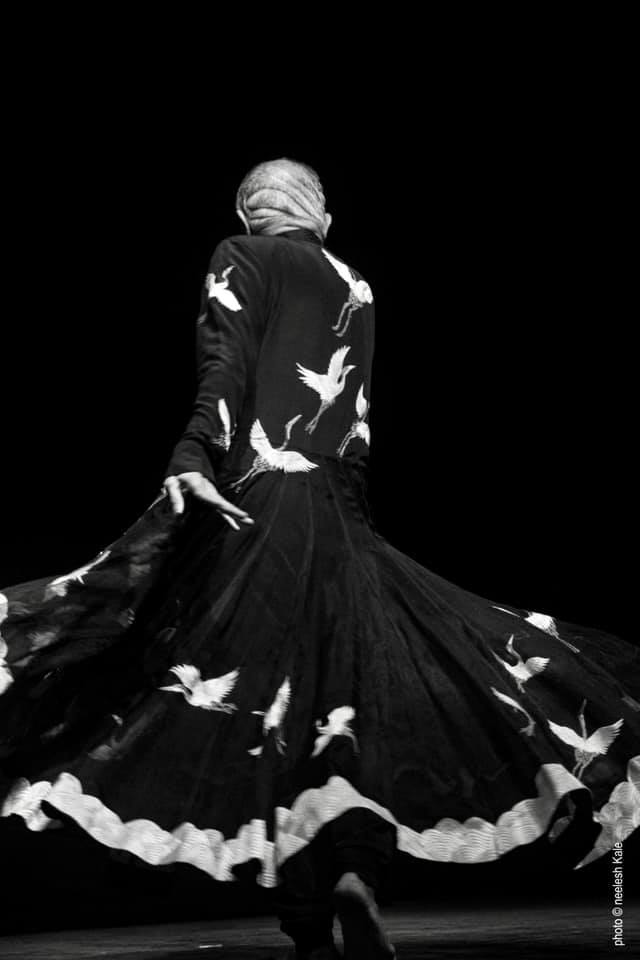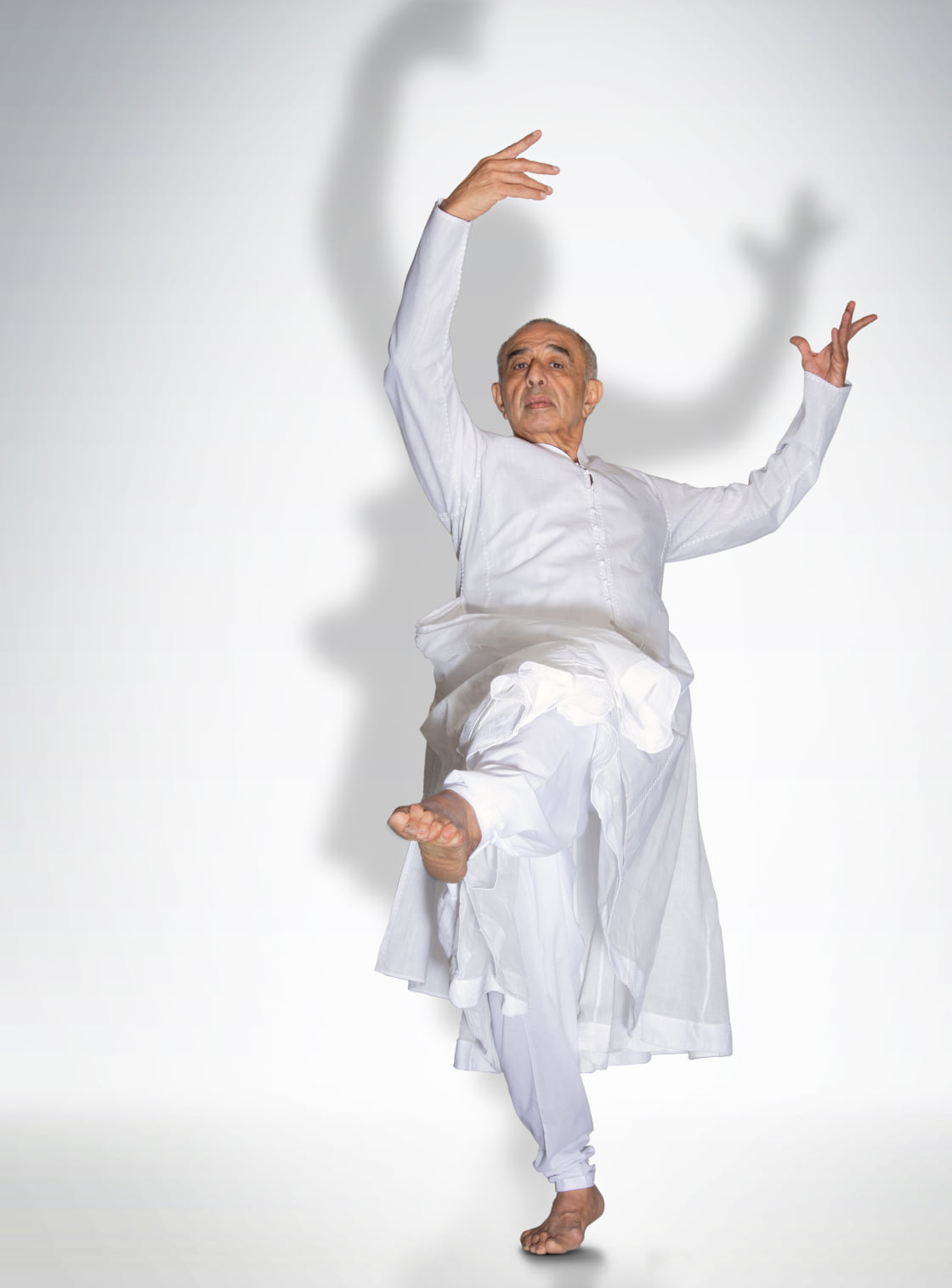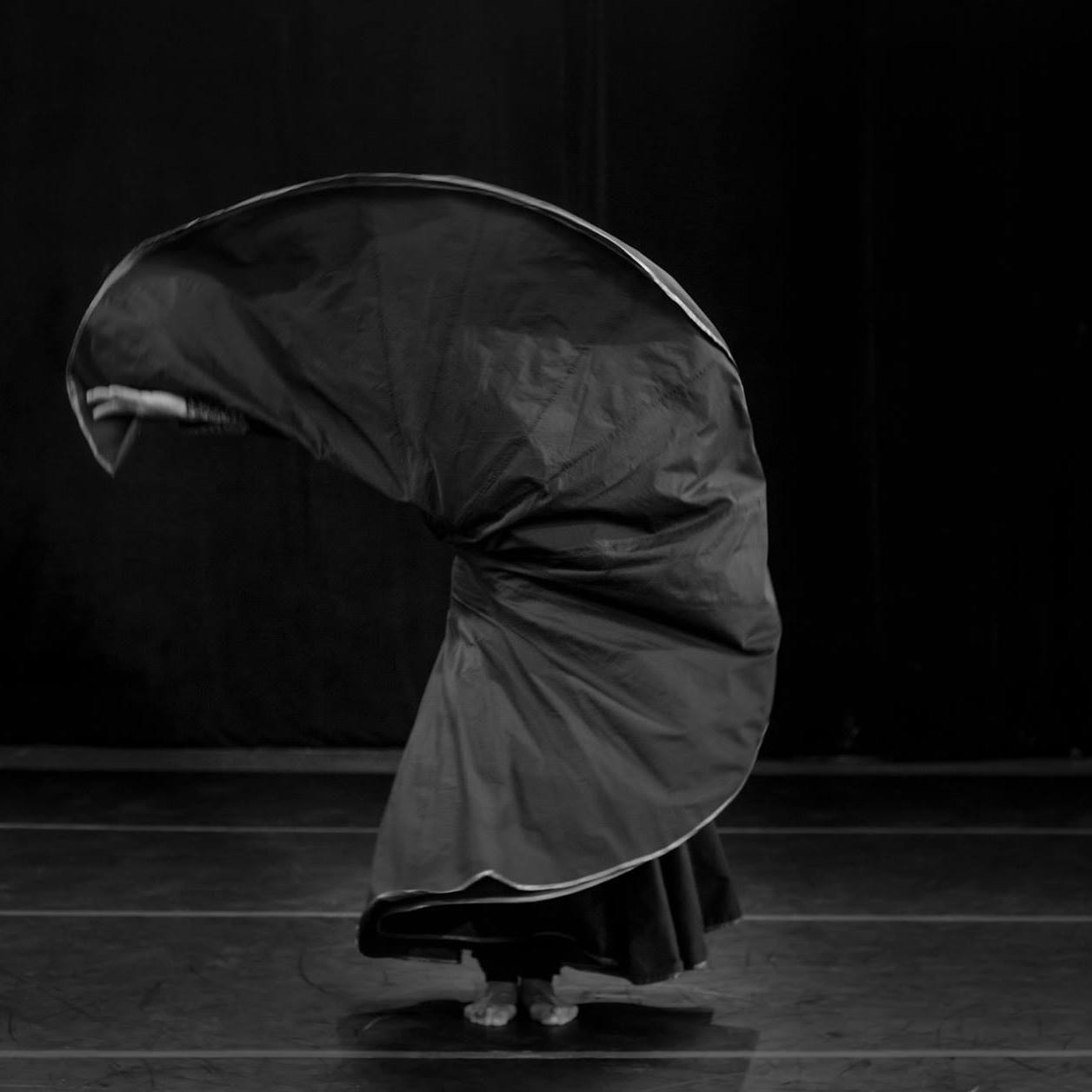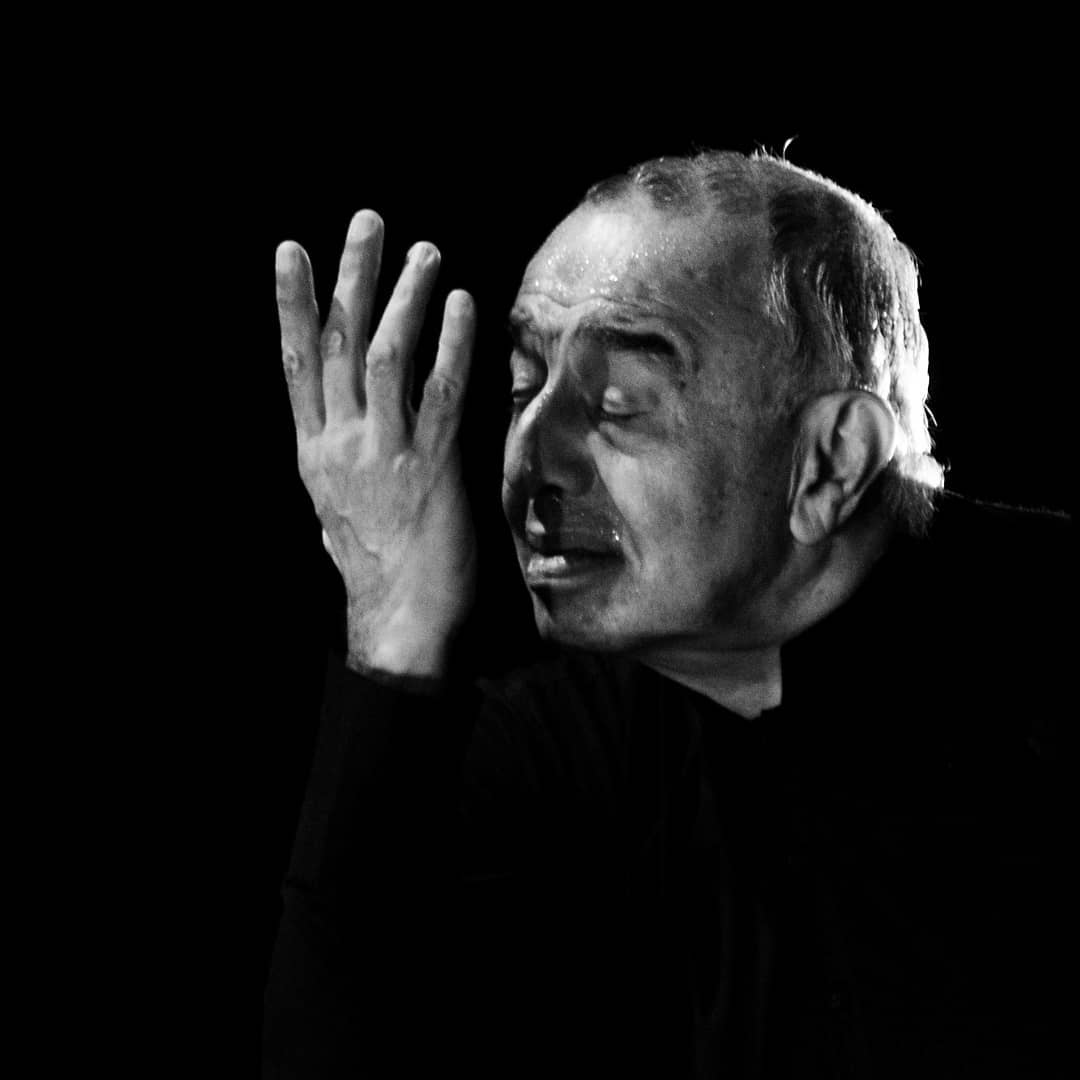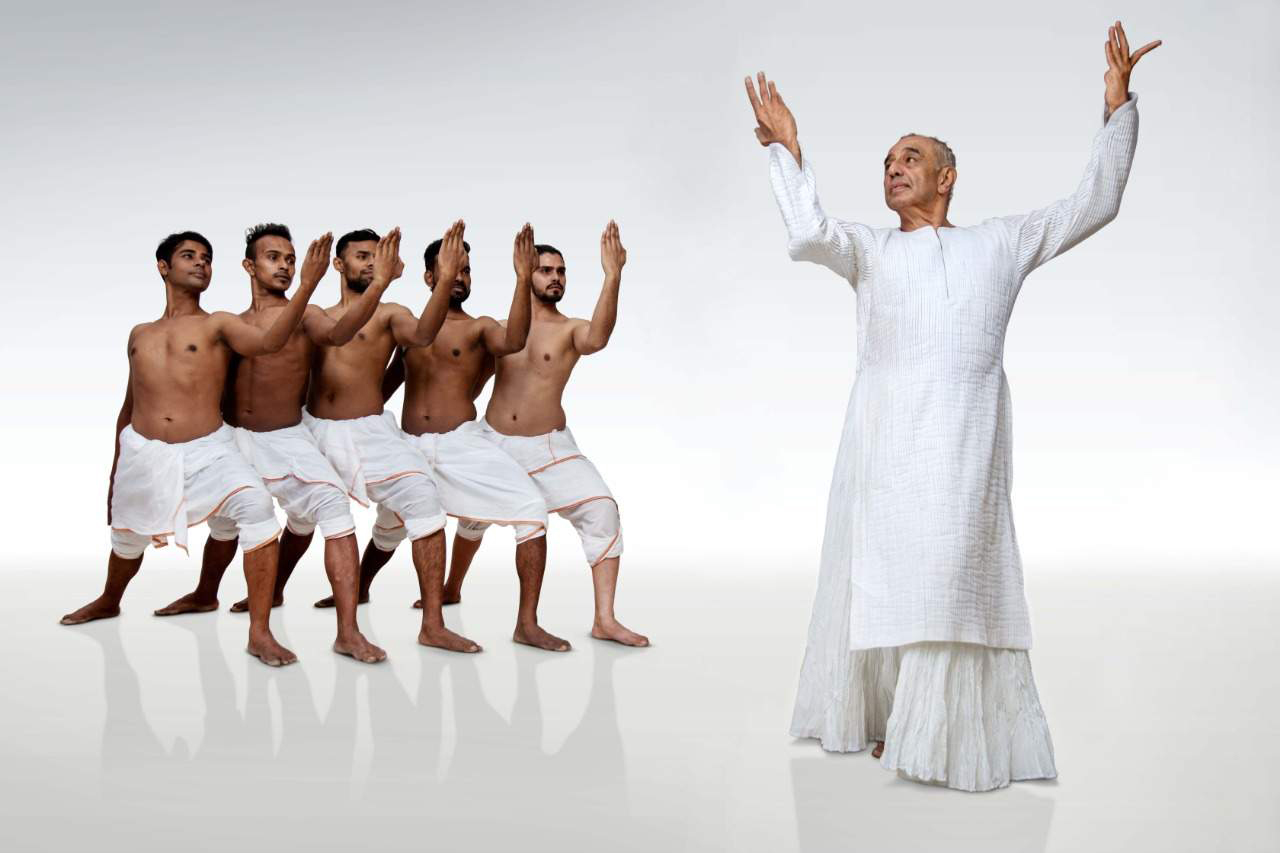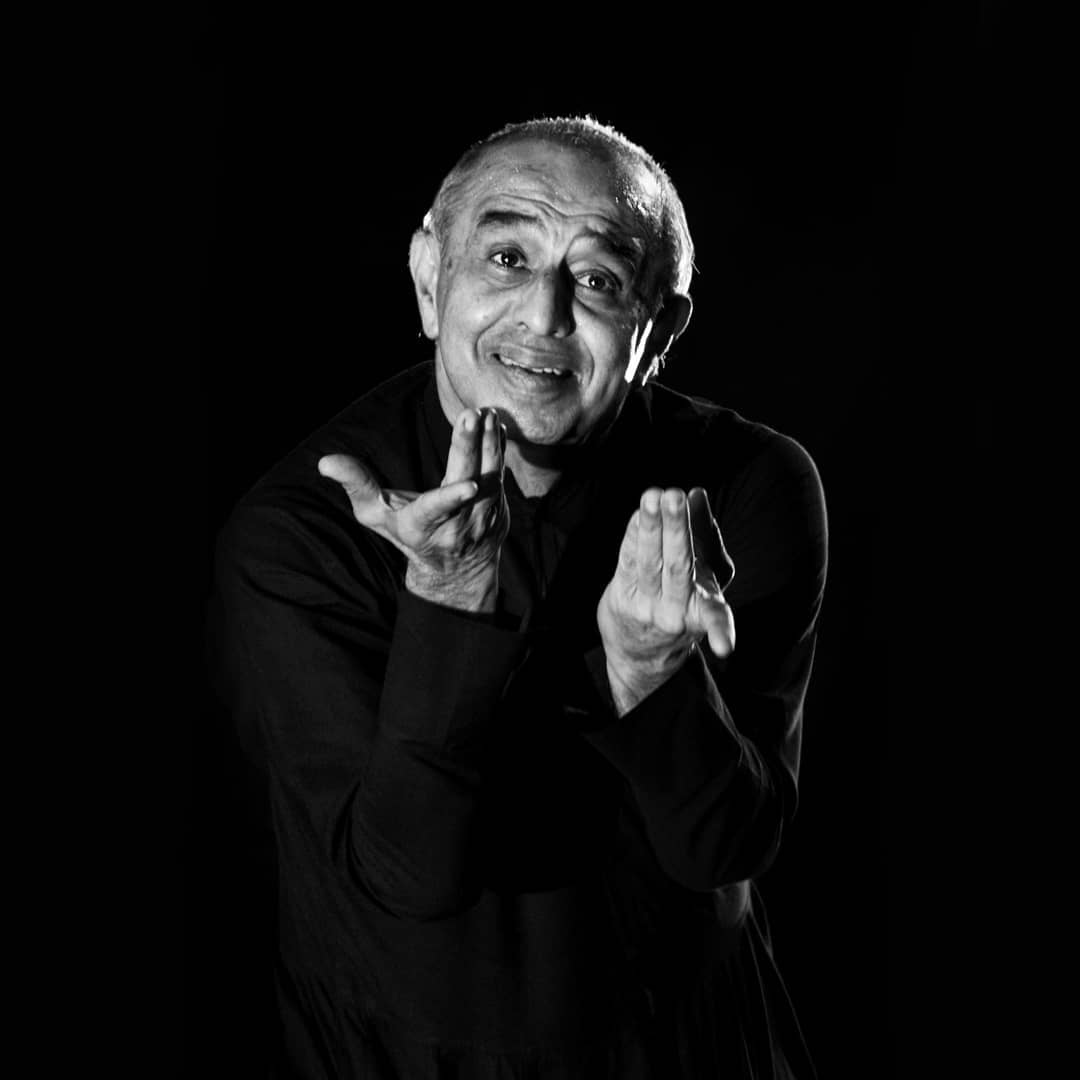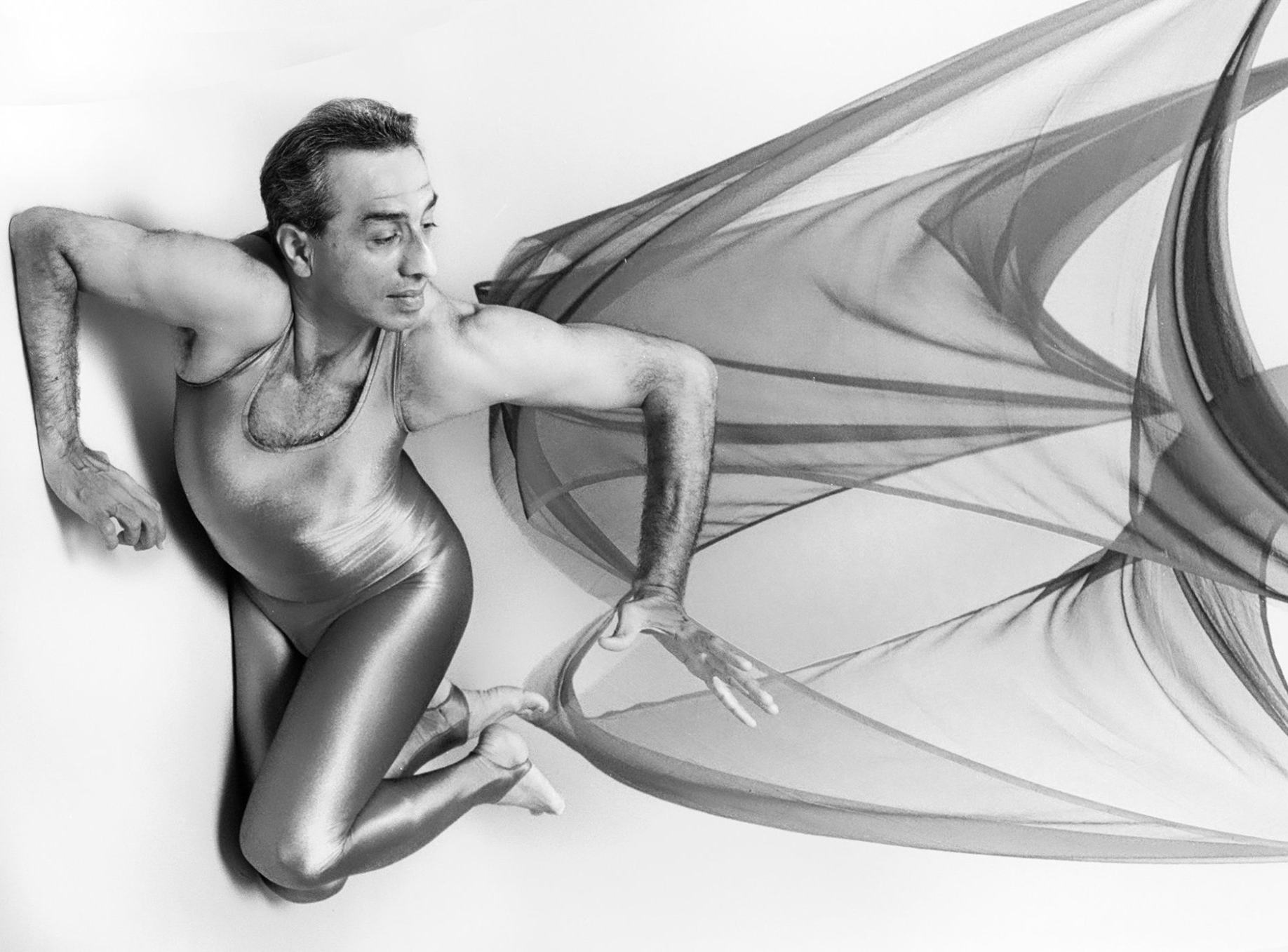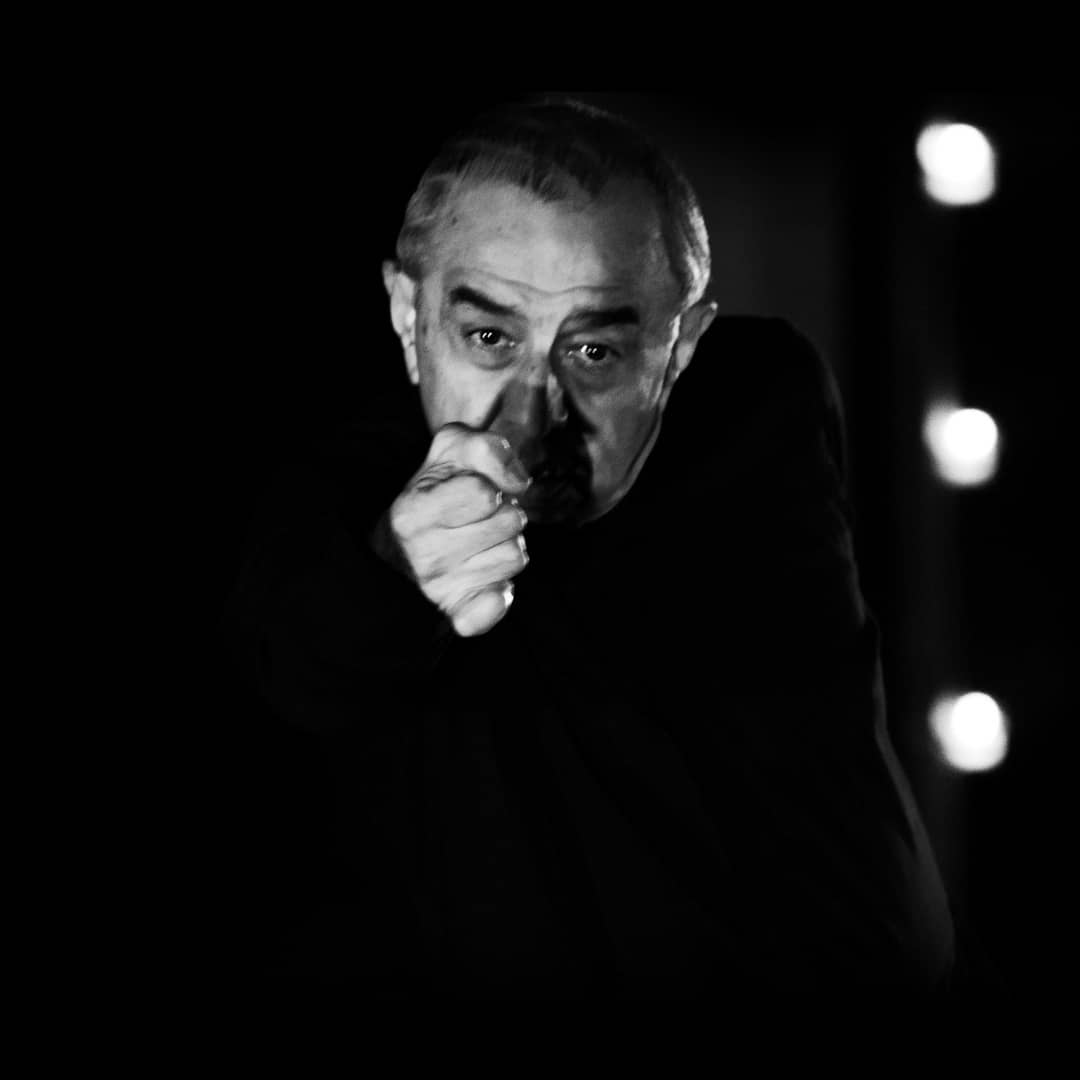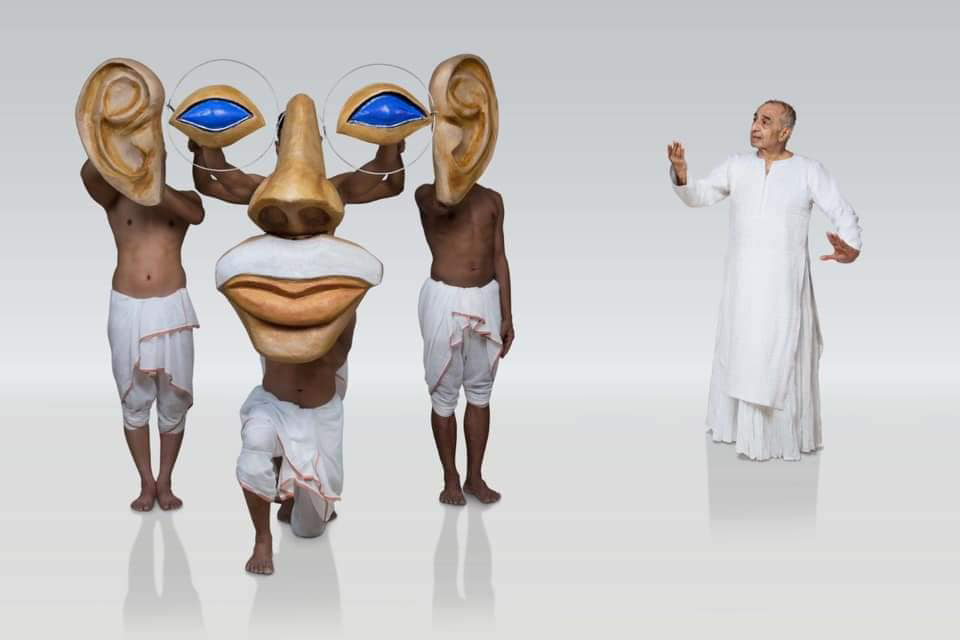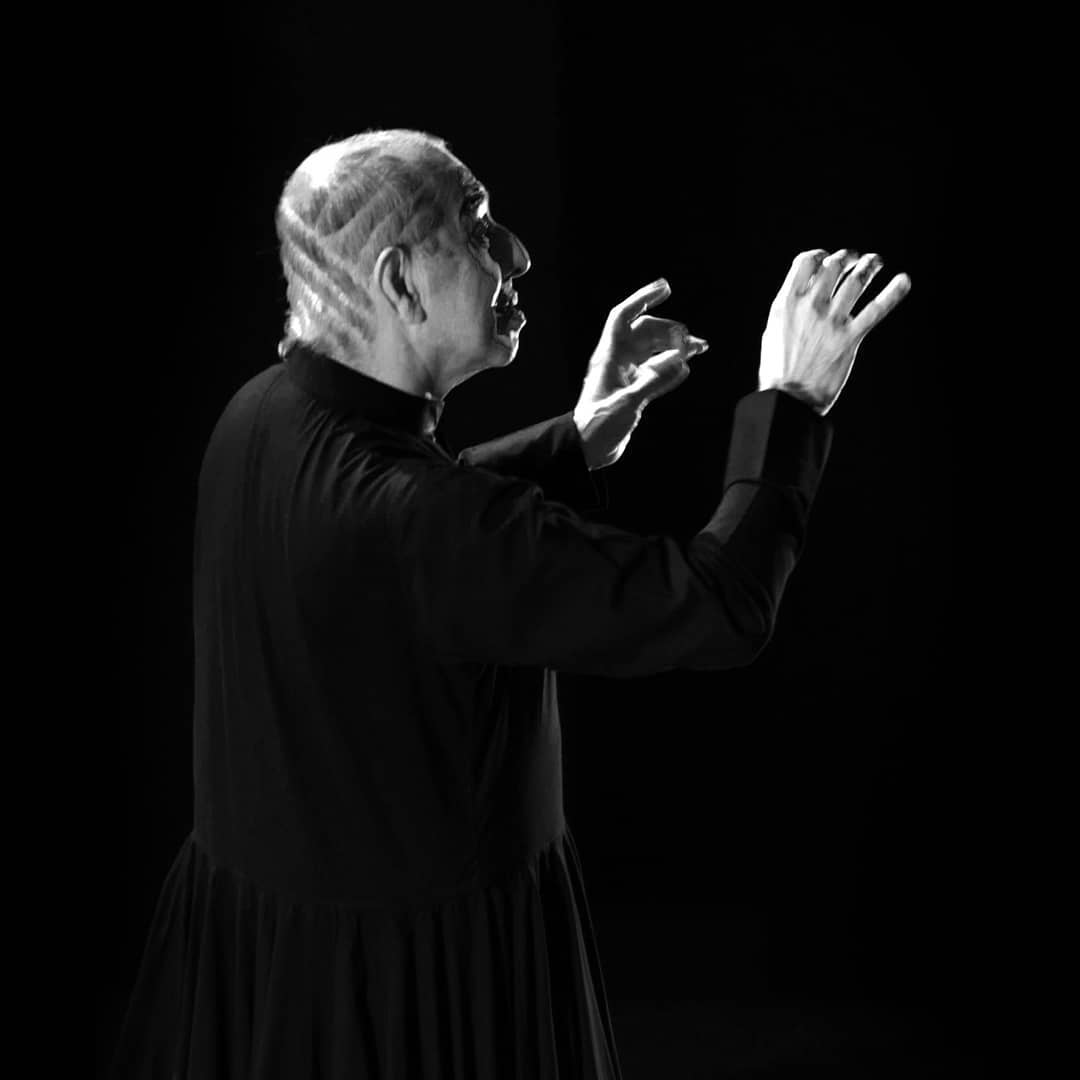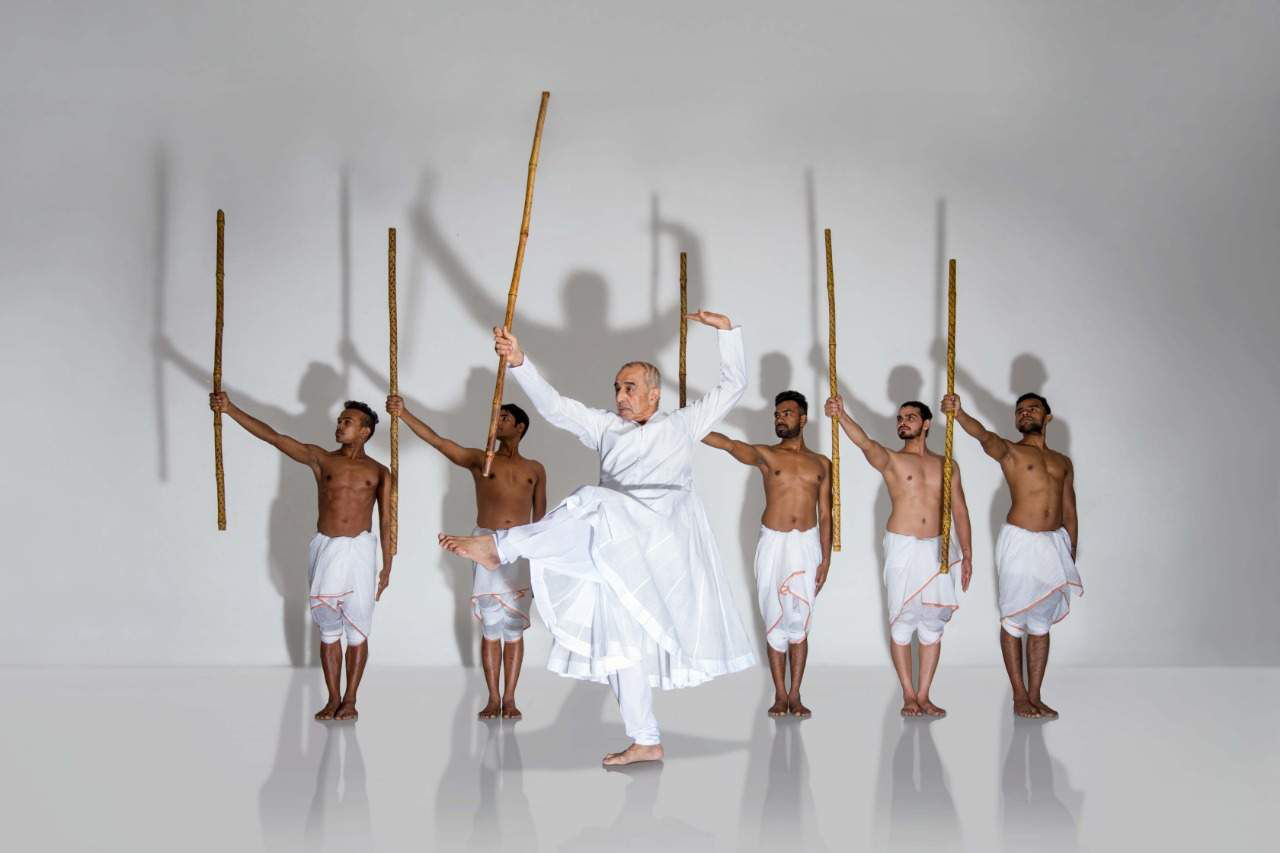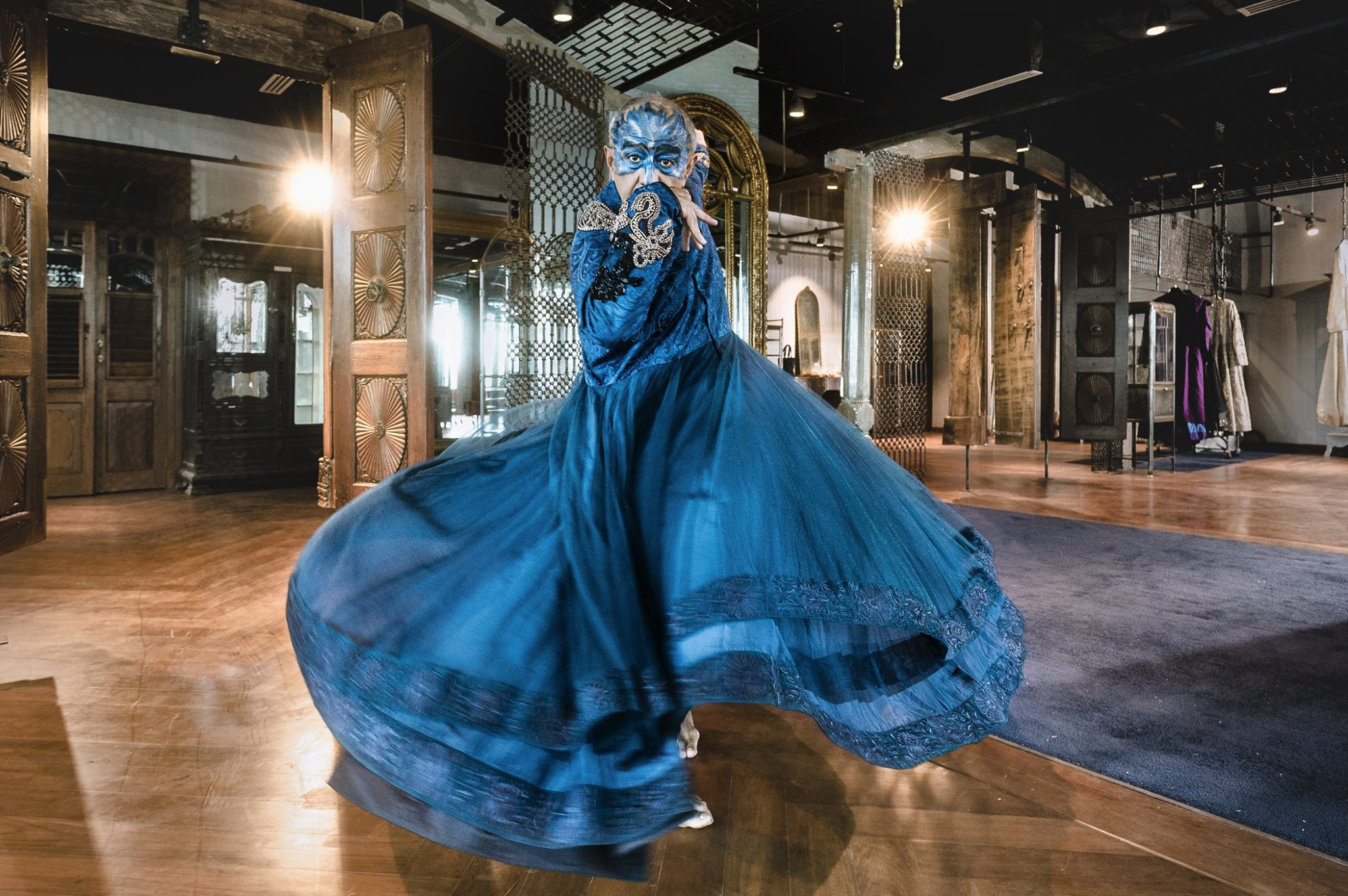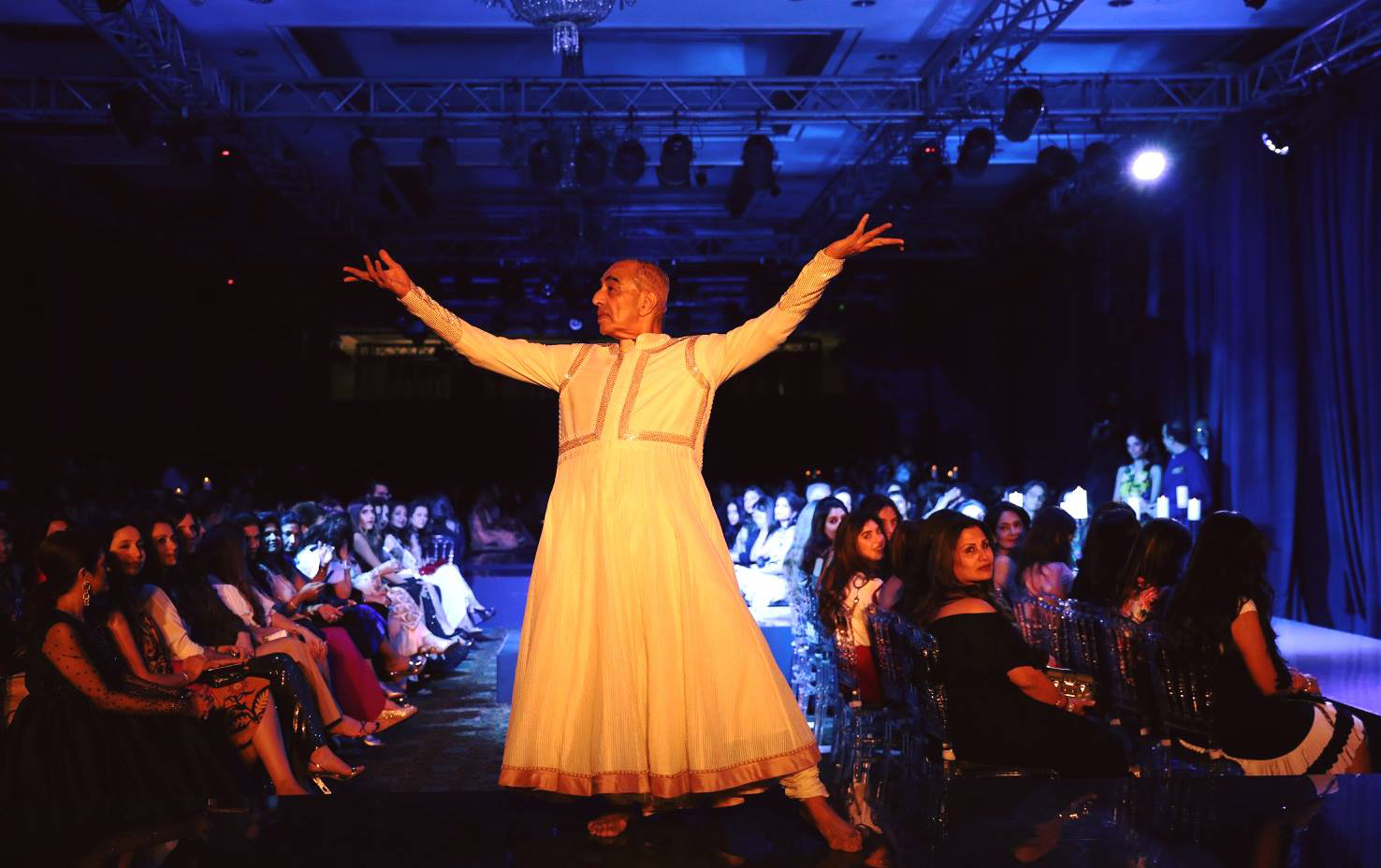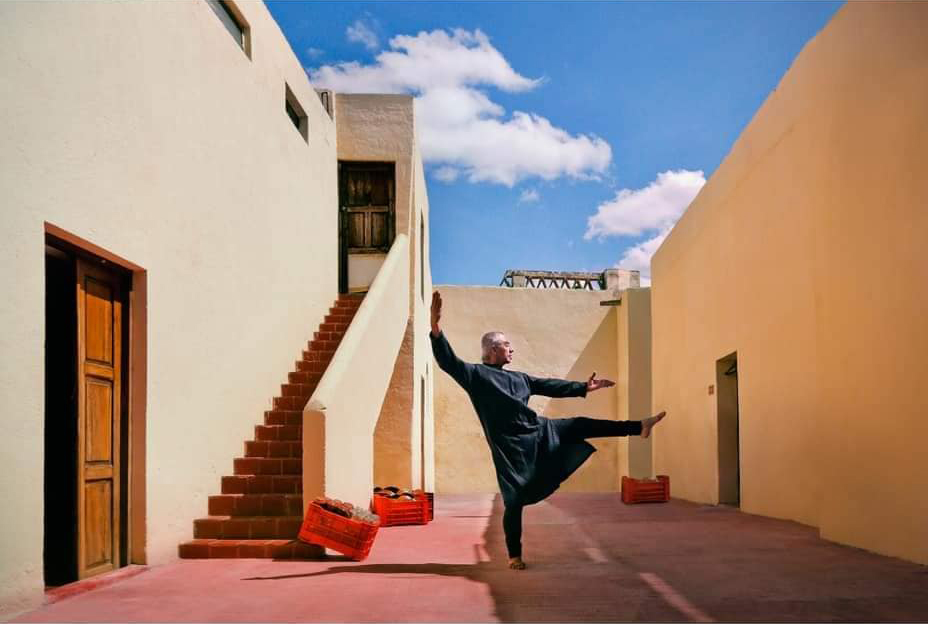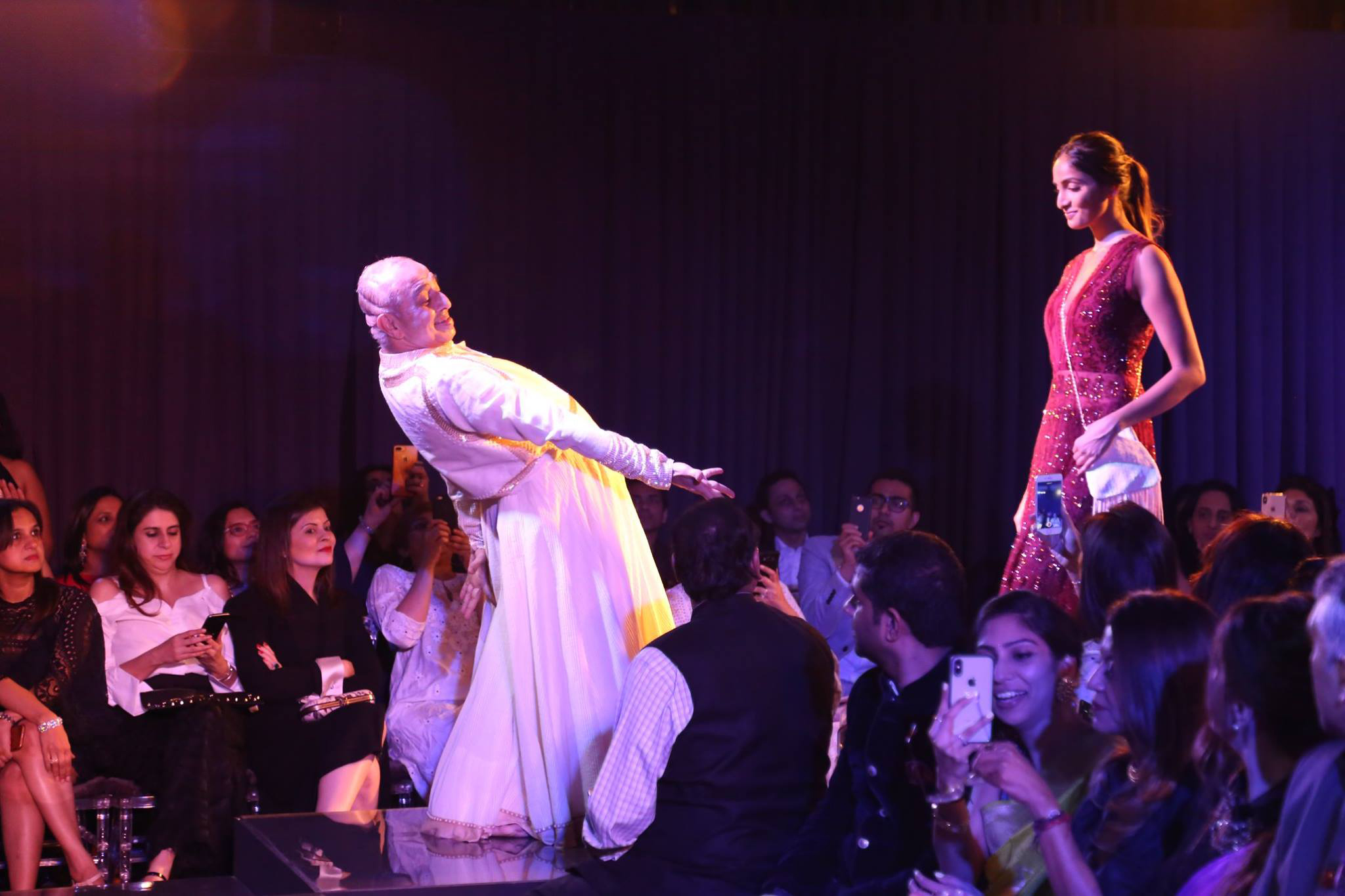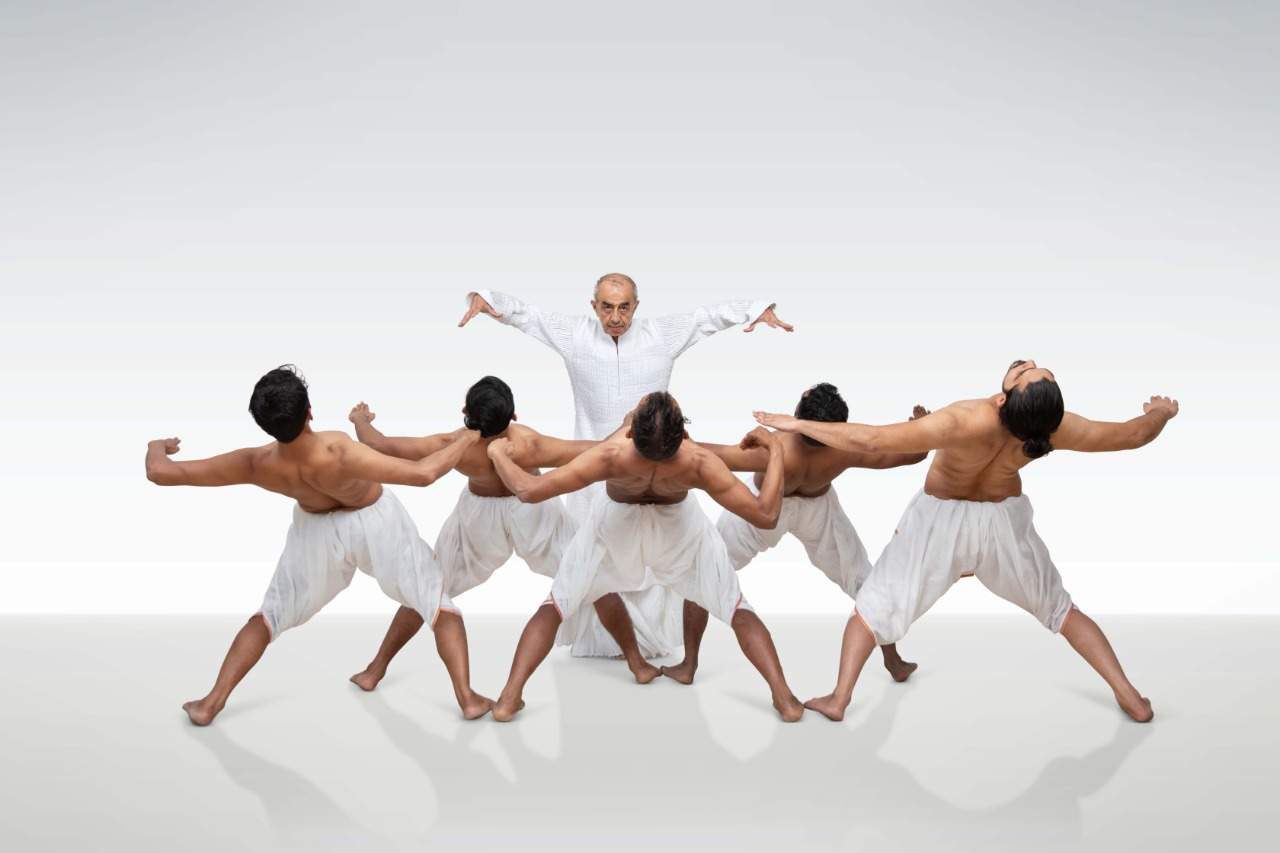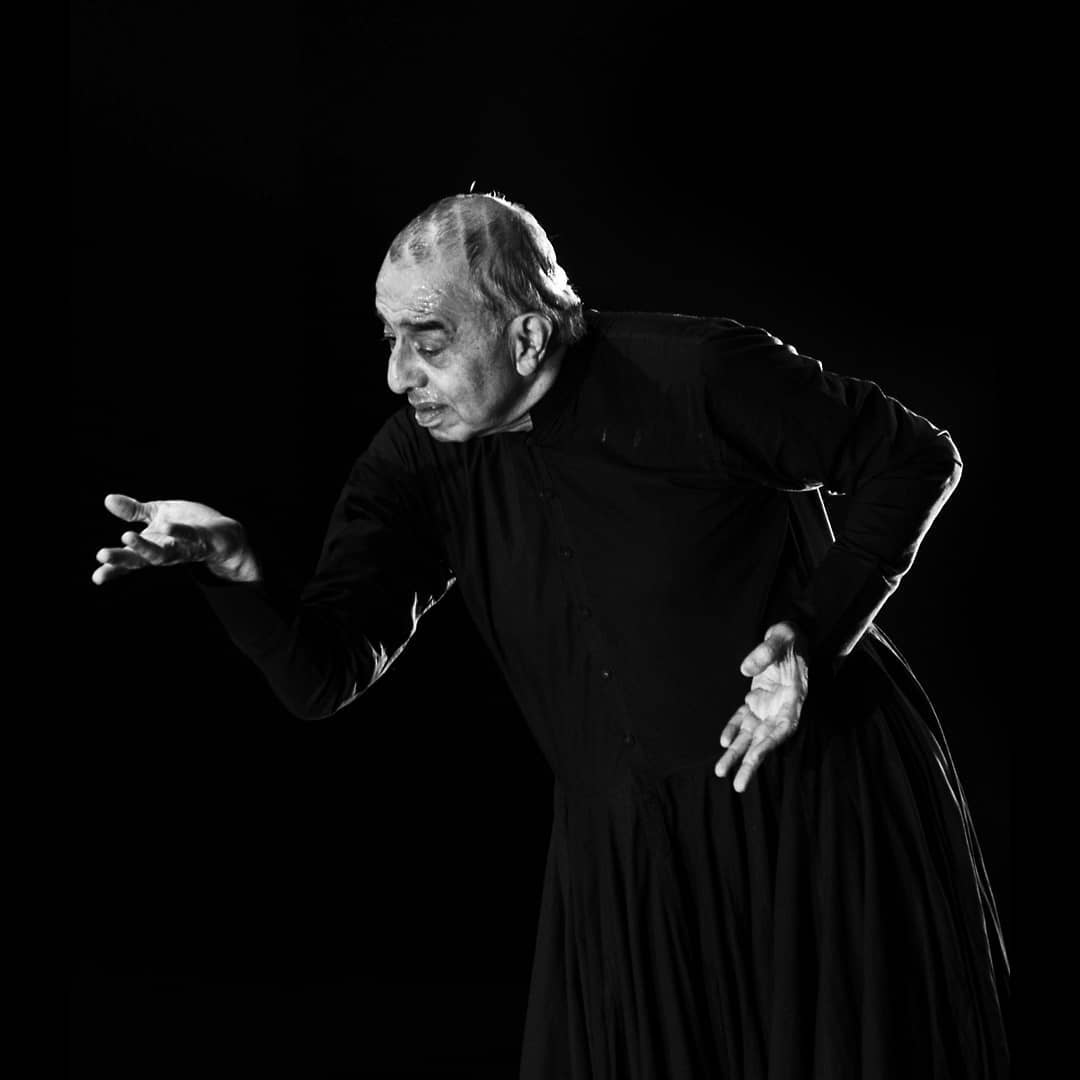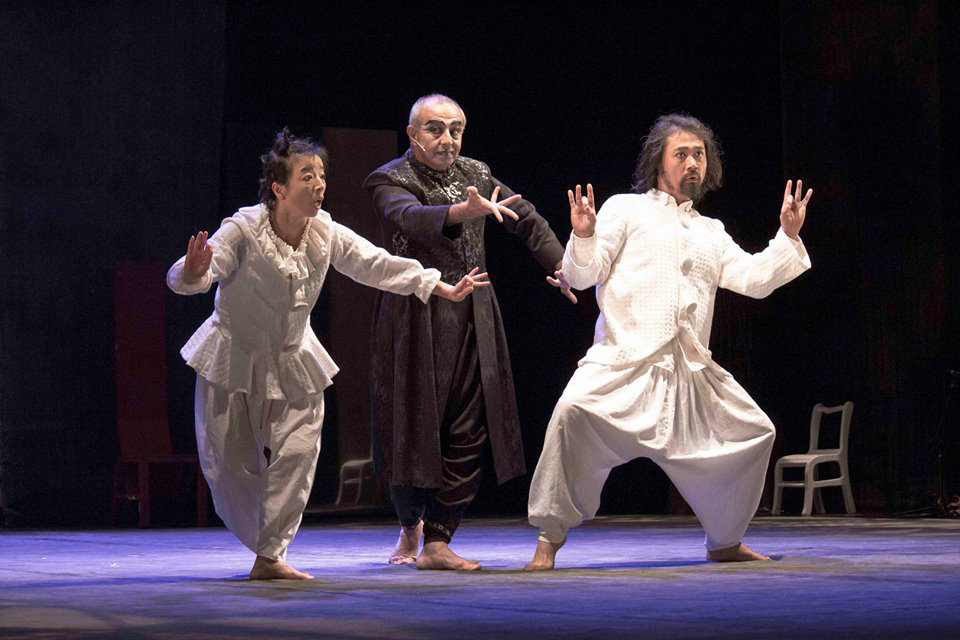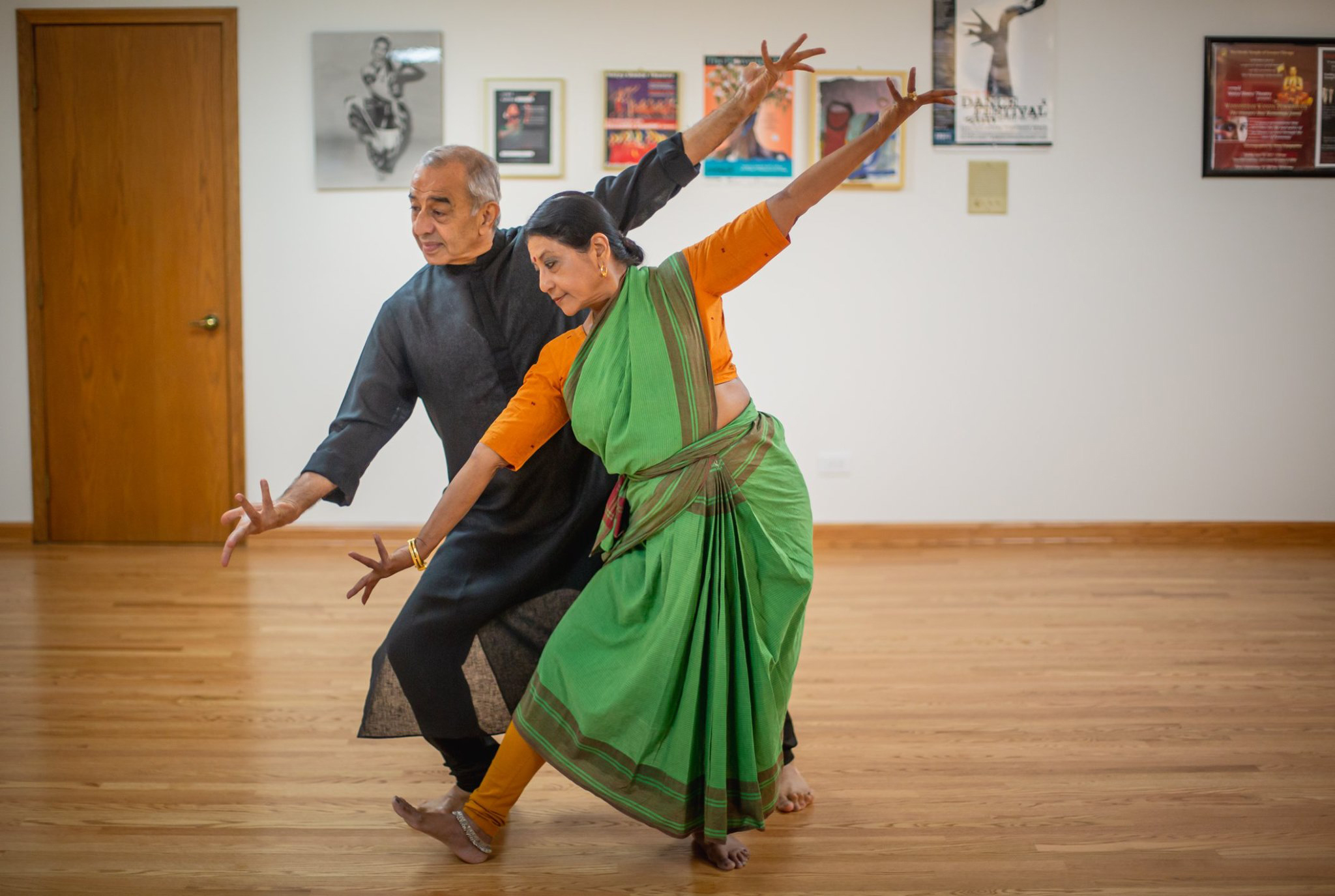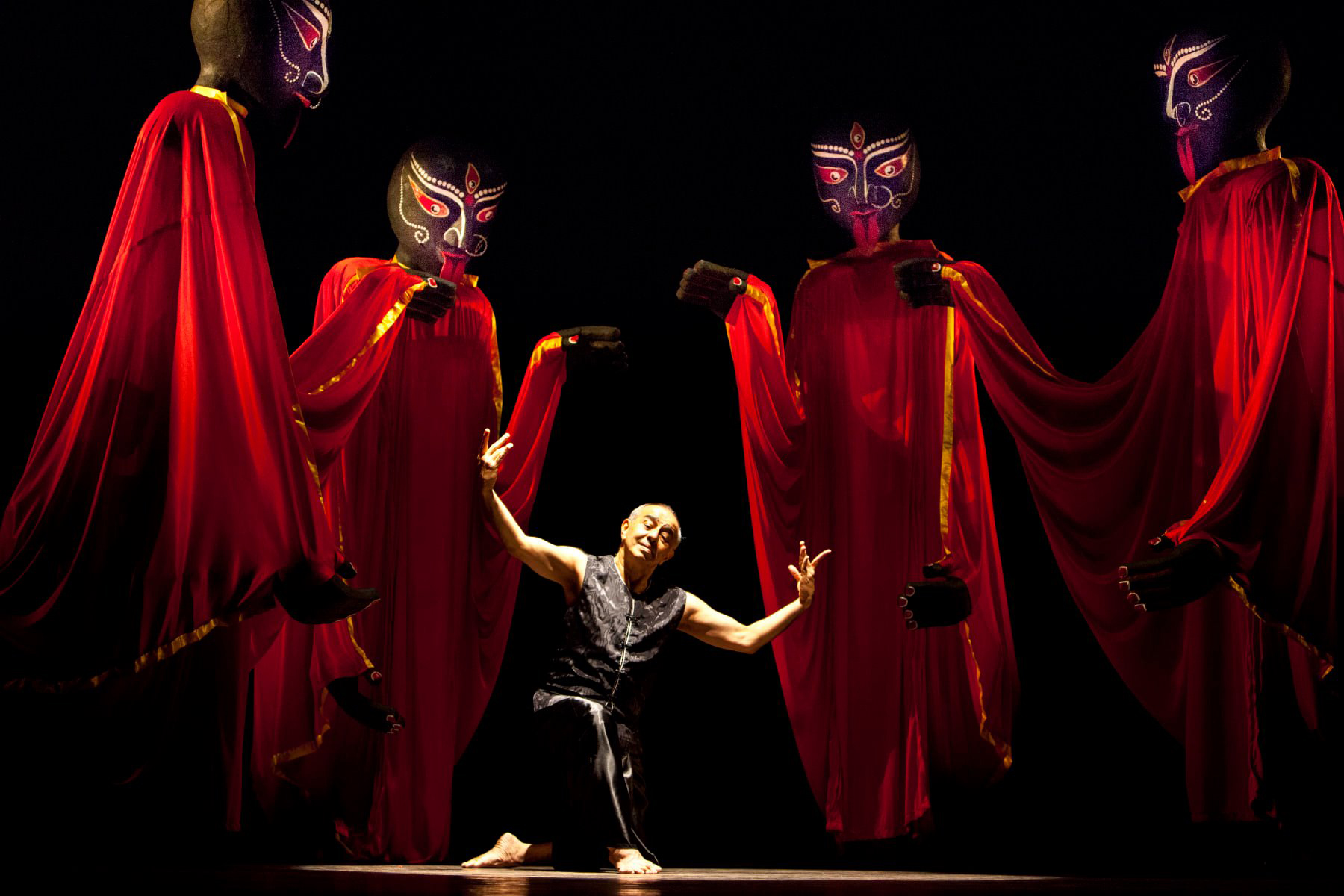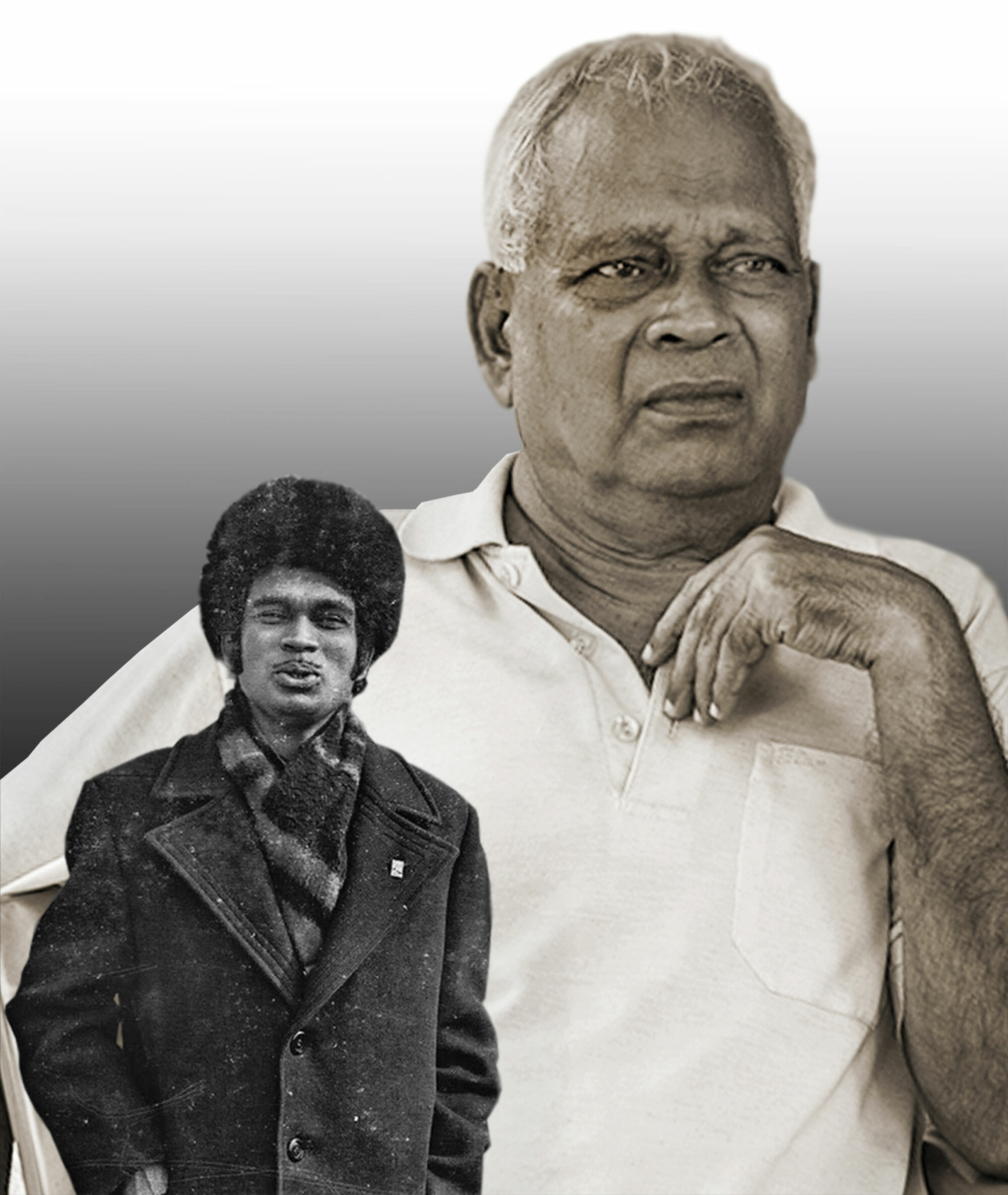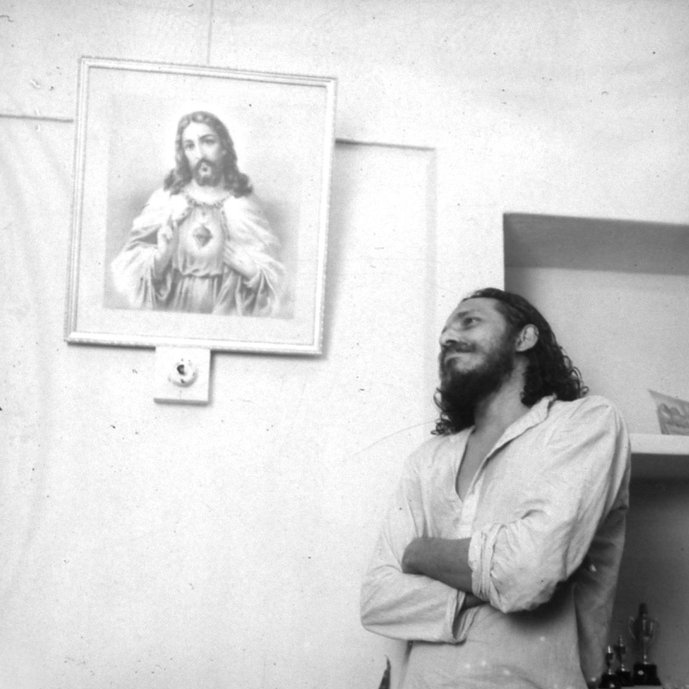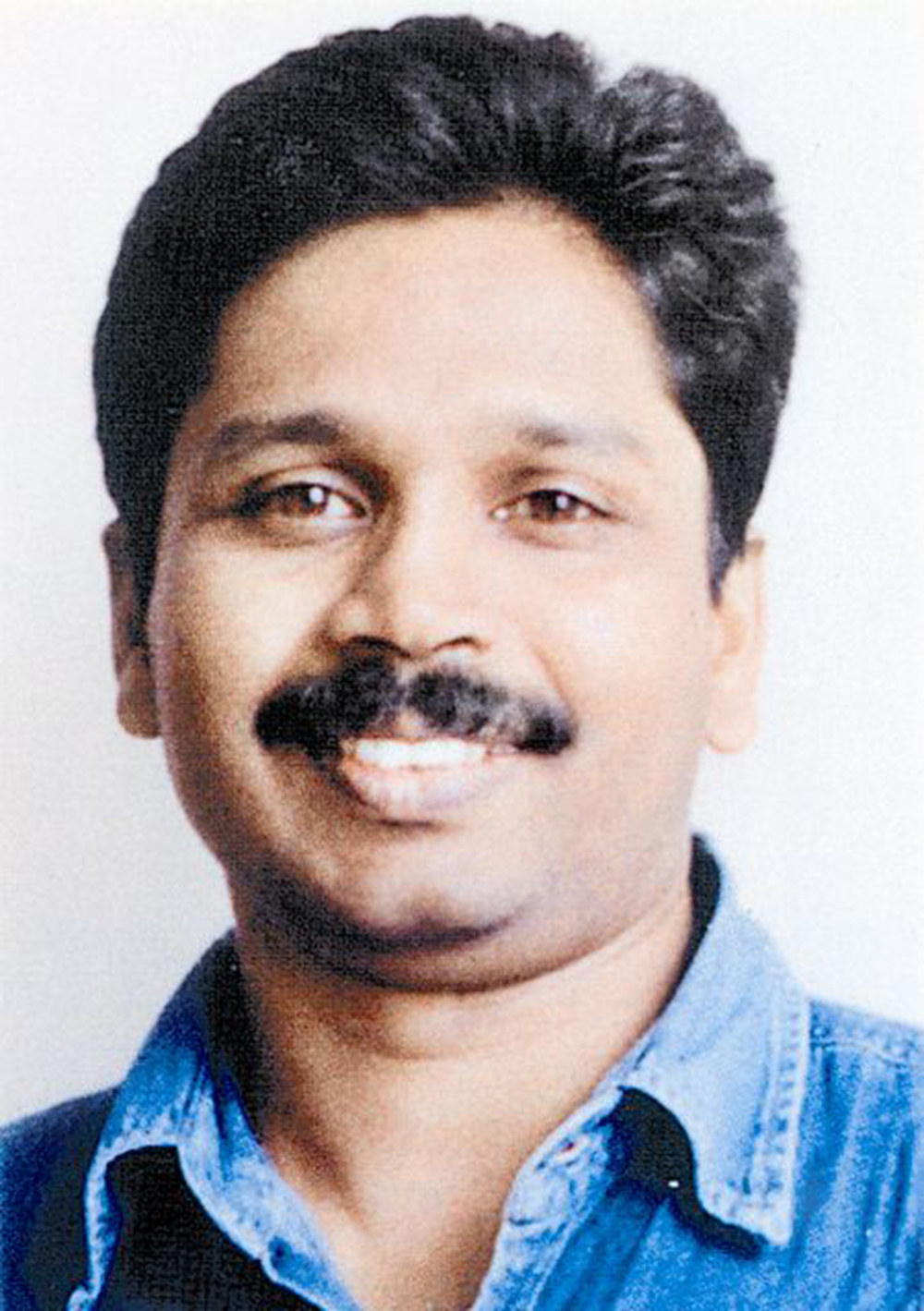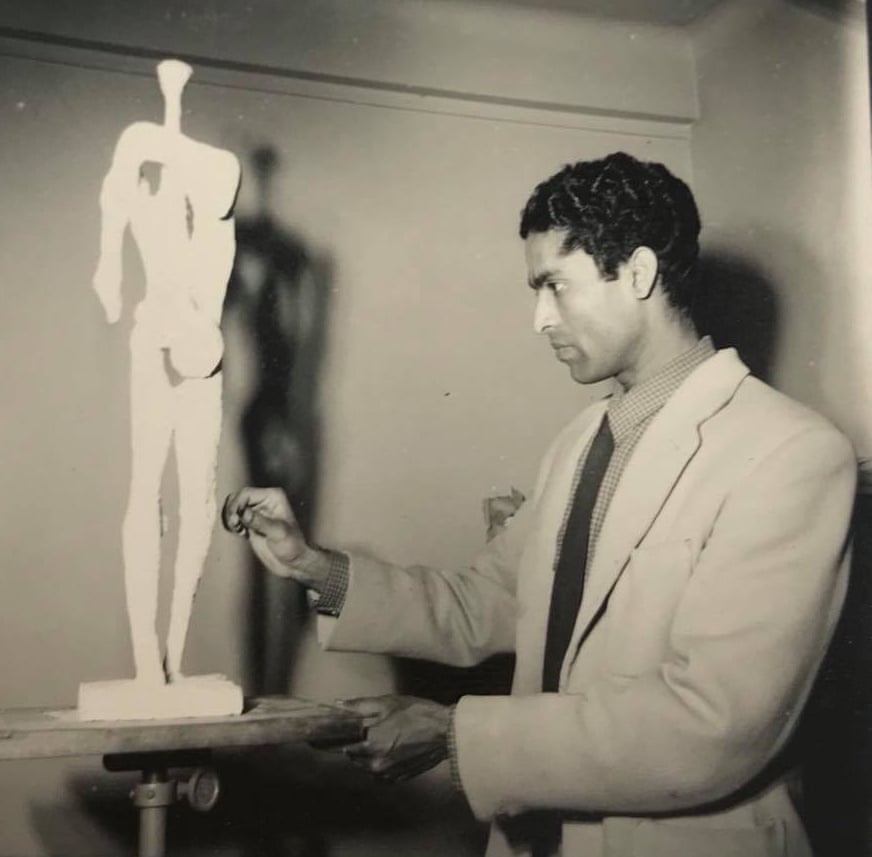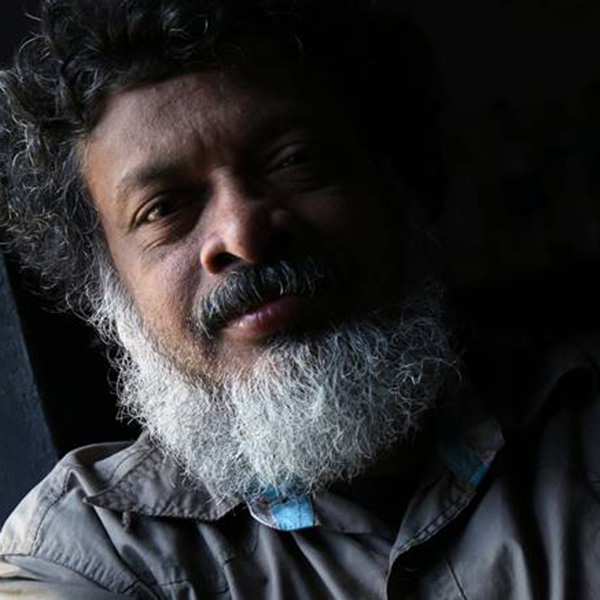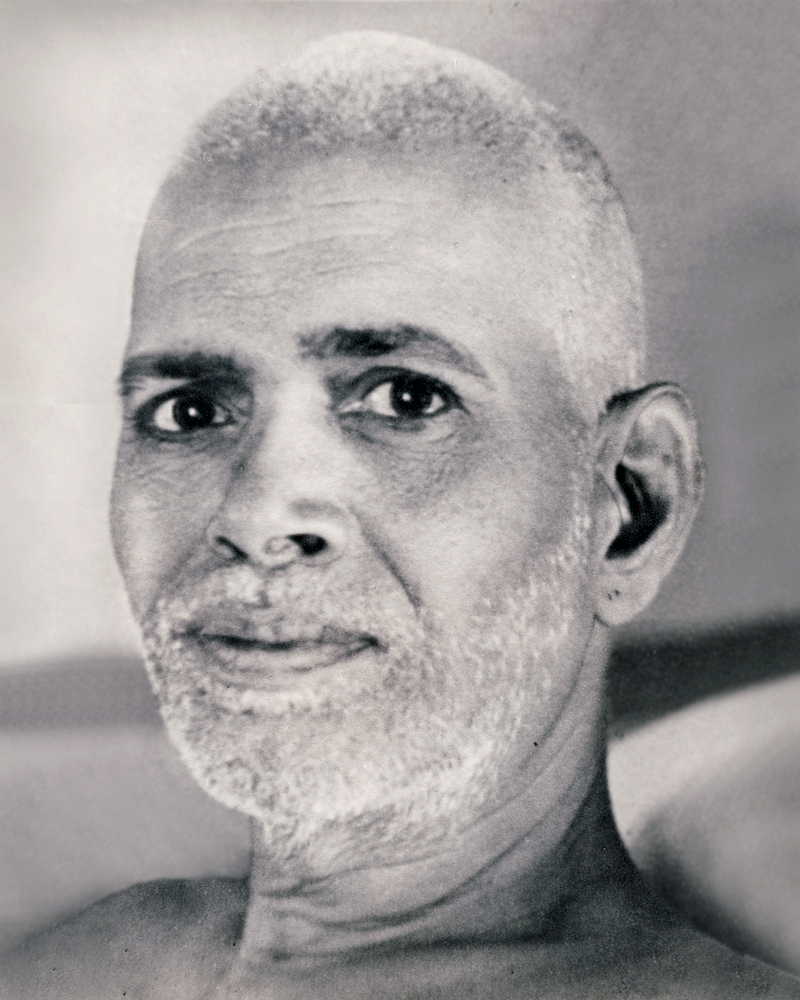Memory
Photo Tribute
Photo Mail remembers
Photographers and
Their contribution
As well as tunes into
The historical perspectives that
Influence contemporary
Photographic practice and
Its aesthetics
This Photo Tribute is a
collection of selected
photographs
published in memory of
dance maestro
Astad Deboo (13 July
1947 – 10 December 2020).
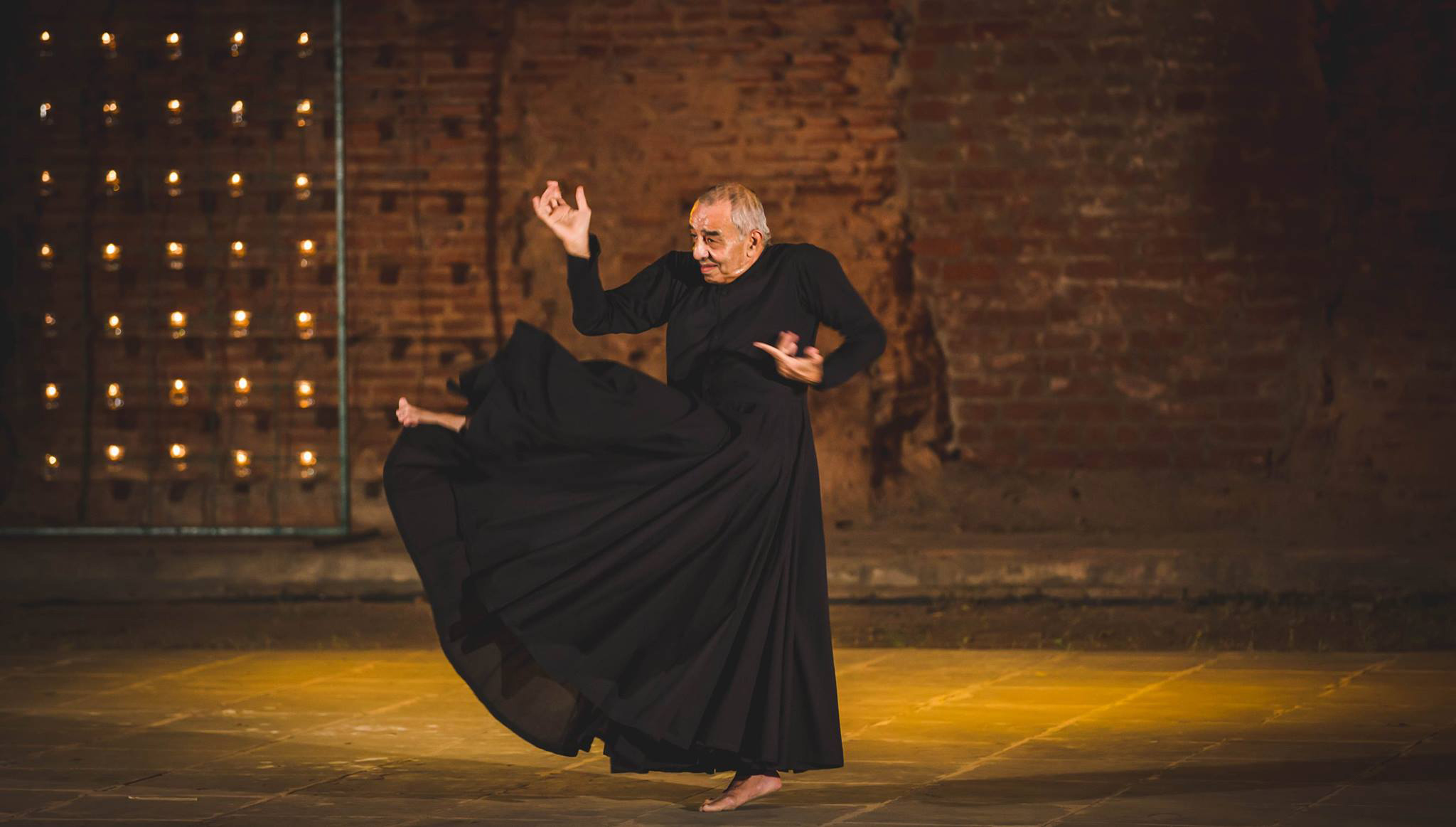
Astad Deboo | Photographer Unknown | Source Internet
Astad Deboo
A photo tribute to the dance maestro
Astad Deboo, passed away today (10th Dec 2020), in Mumbai. Considered a pioneer of contemporary dance, Astad fought his way to carve his special niche. The path was not an easy one, especially with the friction between classical and contemporary dance. In his words, “Being a professional classical dancer in India is hard. All of us know that. But being a contemporary dancer based upon one’s classical training is harder. Sometimes one is tempted to feel pessimistic about the future, as I sometimes felt. Made even worse… is the lack of understanding I have sometimes encountered even among my peers… Is it an impossibility to imagine a future in which the two kinds of dance, the traditional with its broad, well-established systems and the contemporary, still in the process of finding its way, could sustain and nurture one another in creating its own expanding, developing universe? I don’t think so, for, through this, the ultimate victor will be dance itself.”
Astad started learning Kathak at the tender age of six from the late Indra Kumar Mohanty and the late Prahlad Das. He did follow the mainstream path of pursuing his degree, commerce that is. While pursuing his degree in Mumbai he happened to see the contemporary dance of the American Murray Louis Dance Company, which left him inspired. Shortly afterward, artist Uttara Asha Coorlawala who was studying dance in New York visited Mumbai and helped him join Martha Graham Center of Contemporary Dance in New York. Deboo left Bombay in 1969, on board a cargo boat that set sail from Bombay port, and later hitchhiked his way through Europe to eventually reach New York in 1974.
After this, there was no stopping him. He joined the London School of Contemporary Dance and eventually started developing his unique style. His choreographed performances were initially looked upon with skepticism. Today, Deboo is noted for creating a modern dance vocabulary that was uniquely Indian. Holistic in comprehending the Indian and Western dance aesthetics, Deboo imbued modern dance with a narrative form of treatment and blended facial expressions with body movements to tell tales of contemporary India. With a dance career spanning half a century, he had performed in over 70 countries, including solo, group, and collaborative choreography with artistes, at home and abroad. He was also an active supporter of progressive politics.
The artist community from around the world is deeply shocked by Astad’s sudden demise. Tributes have been pouring in. He has been a source of inspiration for many. Astad was also a good friend and mentor, always reachable and welcoming. A photographer mentioned that the last message he had received from Astad a week ago was a note of thank you. “Thank you for Photographing me all these years”, Astad had said in that personal message. In fact, it is our privilege that we get to see these remarkable photographic visuals. Each one of us is indebted to these known and unknown photographers for these living pictures. As we mourn the loss of India’s cultural treasure, PhotoMail brings together select photographs of Astad Deboo. Astad Deboo will live forever, in loving memory.
Astad Deboo | Source Internet
Published on December 10, 2017
Share
Related Articles
Astad Deboo, a photo tribute to the dance maestro
The artist community from around the world is deeply shocked by dance maestro Astad Deboo's sudden demise. Tributes have been pouring in. He has been a source of inspiration for many. Astad was also a good friend and mentor, always reachable and welcoming. A photographer mentioned that the last message he had received from Astad a week ago was a note of thank you. "Thank you for Photographing me all these years", Astad had said in that personal message. In fact, it is our privilege that we get to see these remarkable photographic visuals. Each one of us is indebted to these known and unknown photographers for these living pictures. As we mourn the loss of India's cultural treasure, PhotoMail brings together select photographs of Astad Deboo. Astad Deboo will live forever, in loving memory.
Remembering Punalur Rajan
Punalur Rajan was an enigma – a mystery that requires further unfolding. He was an important person in the history of contemporary Kerala. In the time to come, we will be forced to look back to his photographs – for his contribution is something that knows no bounds. He will live through the slices of history he has left behind. No words could ever fully represent the politics and ideology to which he dedicated his life. I leave my pranaams to this remarkable person with the question – what are we going to do now?
Derailed Camera, remembering John Abraham
John Abraham joined the Odessa group that comprised of 75 members, using the money collected from the people, travel from Wayanad to Kochi and Amma Ariyan develops, parallel to the political history of Kerala. The public, apart from giving money, were also involved in the film production. They did it voluntarily, with a lot of enthusiasm. The screenplay and dialogues were written then and there, and shot. Commercial actors didn’t play a major role in this movie.
The Meaning of Photography and, therefore, of Victor George
Victor George looked for meaning in rain, not formal beauty or abstraction. Instances of abstraction are sporadically seen in his photographs – such as a massive raincloud which looks like a wash of purple-grey – but are always marred by a concrete, meaningful, identifiable figure – in the aforementioned case, a flying bird occupies the centre of attention of the image, and discernible clouds are seen in the background, giving the image concreteness.
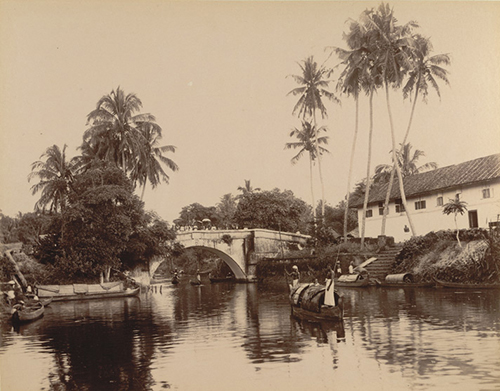
Zachariah D’Cruz and the Act of Photographing a Progressive Travancore
Zachariah D’Cruz is not an oft-mentioned name in the context of Indian photography, and his images circulate in India, especially Kerala, without his name being mentioned as the author. It is easiest to describe him as a government photographer of the Travancore kingdom, whose most popular and most visible work today consists of a collection of 76 images titled “Album of South Indian Views”, which was gifted to Lord Curzon1 on his visit to Travancore, and which is now in the possession of the British Library.
An Enigma Held in High Disregard, or KRISHNA REDDY
Krishna Reddy’s engagements and activism during his youth was informed by a compulsion to overturn the established order. The Indian struggle for independence was gaining momentum during this period, with Mahatma Gandhi calling for the complete end to British rule in India – and Reddy joined the protests. Following Reddy’s involvement with the Quit India Movement, for which he printed hundreds of posters and was jailed a couple of times, he moved to Santiniketan – where, under the tutelage of Nandalal Bose, Benode Behari Mukherjee, and Ramkinkar Baij, he studied sculpture and water colour.
Representations of an Ethos: Razak Kottakkal
Razak Kottakal’s photographs of Basheer is almost as famous as Basheer himself; anybody who is familiar to a minimum extent with Modern Malayalam literature would have encountered at least a few of Razak’s portraits of literary figures, without knowing the name of the photographer – mostly because the photographer is considered secondary to the subject in such cases. Different aspects of Razak’s life have entered public record, through interviews of his contemporaries, family, colleagues, and subjects. Yet, for all the wealth of information that such records provide, they are hard reminders that photographers are barely understood beyond superficial labels.
Living Pictures – the “Mani Bust”
In 1930,PRS Mani Iyer became the first official photographer of Ramana. His portrait of Ramana, commonly known as “Mani Bust”, became the most popular photo, widely circulated and worshiped by millions from across the world. Very little is known about this master photographer and his other photographs that he had taken while he was working as an Executive photographer at Modern Theaters, Salem.


